(K)eine Gruppe möchte ich sein
Robert Bramkamp
Wenn es im Land einer schon einmal erfolgten Gleichschaltung um kollektive Wünsche und Möglichkeiten gehen soll, spüre ich in der gegenwärtigen Lage innere Widerstände. Widersprüchliche Gefühle inklusive Eitelkeit, Peinlichkeit, Trauer oder Scham sind auf der Suche nach Adressat*innen und lassen mich nicht aus. Umso mehr fühle ich mich verpflichtet, auf ein geheimes Buch hinzuweisen: Germany. A Science Fiction.[1] Das Buch befindet sich in dem Bestand der Bibliothek der HFBK Hamburg. Der Name des Autors ist Laurence A. Rickels. Der vorletzte Satz legt meinen Autorennamen auf ein globales Ziel fest: „To address problems and processes that are, as we say, bigger then the two of us, Bramkamp brings us closer to his goal, collective narration, which must be extended to mourning. We will catch up with deferred individual mourning only if the possibility of collective mourning can be reclaimed from the denial.“ Die hier gemeinte „collective narration“ erzählt vom Kollektivsymbol und dem technisch-magischen Objekt RAKETE in allen ihren Facetten – als Geist, als Wunder, als „goldenes Kalb“ für eine Gruppe von 20.000 Deutschen, die sie anlässlich des ersten erfolgreichen Starts der V2 am 3. Oktober 1942 in Peenemünde umtanzten. Auch als „Königin der Ambivalenz“, die in letzter Instanz bis heute herrscht. Meine „collective narration“ ist nicht einfach nur ein vielstimmiger Prozess. Sie wurde von einer Einzelperson durch direkte und indirekte Dialoge inhaltlich strukturiert und als Film „gemacht“. „Man braucht nur zwei Dinge um einen Film zu machen: ein geradezu kindliches Omnipotenzgefühl und eine fixe Idee“, sagt Alexander Kluge, mit dem ich 2002 in einer Der gefrorene Blitz betitelten Sendung seiner dcpt.tv-Gesprächsreihe[2] die abtastende Multiperspektive von Prüfstand 7 / Test Stand 7 diskutiert habe. „In Test Stand 7 a relay of direct hits on the repressed past alternates with blind alleys of allegorization. We move closer to mourning’s admission of a collective or global work. Otherwise mourning would be the prerogative of individuals or couples and group commemoration would be solely a form of denial.“
Wann ist „group commemoration“ kein „denial“? Die mit Film mögliche Alternative ist eine spezielle Multiperspektive von Bilddialekten, in denen sich Fakten, Fiktionen, Diskurse und ideologische Narrative filmisch bündeln und deren künstlerische Modifikation ist nur als ERZÄHLUNG möglich. Jedenfalls dann, wenn das Ziel ist, das „denial“ (die gemeinsame Verleugnung) von Fakten, Verlusten, Verbrechen, Geschichte zu durchbrechen. Nur eine Erzählung kann als innere Bewegung zu einer Trauerarbeit führen, meine ich, zu der laut Rickels die „Gruppe“ grundsätzlich nicht in der Lage ist. Wobei in seiner amerikanischen Rückübersetzung von „Freud’s second system" mit „group“ immer auch das deutsche Wort „Masse“ mitschwingt. Eine Erinnerung an die Erzähltheorie des russischen Literaturwissenschaftlers und Semiotikers Jurij M. Lotman und seine Unterscheidung zwischen klassifikatorischen Strukturen und solchen, die diese überwinden, ist hilfreich. Dazu braucht es mindestens eine Figur, die beweglich ist. Sie sichtet die Grenze der räumlich modellierten klassifikatorischen Struktur und durchbricht sie. Dieses „Ereignis“ ist der Beginn jeder Erzählung, dass es doch anders ist oder sein kann. Nach Lotman entsteht ein Sujet erst, wenn mindestens zwei semantische Räume ihr Existenzrecht haben. Innerhalb einer klassifikatorischen Struktur ist demgegenüber für die dort lebenden unbeweglichen Figuren alles sortiert, penibel benannt, unbeweglich und zweifelsfrei klar – im bekannten historischen Fall gleichgeschaltet.[3] Gerade die kollektiven ästhetischen Prozesse, auch weil sie unverzichtbar sind, sind nicht per se positiv, sondern müssen mit einem ebenfalls kollektiven Unterscheidungsvermögen kritisch aktualisiert werden, das solche Prozesse in Teams, Crews, Kollektiven, Safe Spaces, Communities, Bevölkerungen, Meuten und „algorithmisch eingehegten“ Herden (die sich selbstklassifizieren für die Überwachungskapitalisten oder die Community) von mindestens drei Seiten beleuchten kann.
Leider kann die Gruppenenergie ihr eigenes Omnipotenzgefühl einfach affirmieren, vereinheitlichen und alles verleugnen, was der erlebten Einheit der Gruppe und ihrer Fantasy-Welt widerspricht, damit – beispielsweise – eine angebliche, eigene moralische Überlegenheit begeistert erlebt werden kann. Wenn Kollektive aber nicht mental als Gruppe oder Masse zusammenwirken, können sie sich mehrstimmig ermächtigen, eine Erzählung jenseits von privatem Narzissmus lebendig zu machen. Diese „collective narration“ kann derart heterogene und unvorhersehbare Elemente hervorbringen, dass zurecht die Frage entsteht, wie daraus überhaupt eine Erzählung entstehen soll? Eine, die sogar „Verknüpfungslust“ erzeugt, was mich freuen würde. Oder welche Instanz mit welchem Autorennamen beides – Erzählung und Verknüpfungslust – überhaupt bei einer „collective narration“ hervorbringen soll? Eine Frage, die direkt zu den selten überschrittenen Grenzen führen kann, an denen das „Textdenken endet und das Filmdenken beginnt“ (Georg Seeßlen). Aus allen binären und ternären Operationen oder künstlerischen Entscheidungen, die ein Filmdenken ermöglicht haben, setzt sich – erst im Nachhinein erkennbar – das „Autorbewußtsein“ (Lotman) einer künstlerischen Werkstruktur zusammen. Es ist eine komplexe Instanz oder fiktive Subjektivierung, die mit jedem Werk neu entsteht und nicht zu verwechseln ist mit einer Einzelperson. Produktive Kollektive können besonders interessante Formen von „Autor*innenbewußtsein“ im Film anbieten. Für die wirkliche Begegnung muss man seltene Filme auf der Leinwand sehen. Idealerweise dreimal. Aber selbst der Hamburger Staatsanwalt und Extremschauspieler Dietrich Kuhlbrodt, dekonstruierter Hauptdarsteller des 2017 entstandenen HFBK-Kollektivfilms Dazu den Satan zwingen,[4] blieb höflich erkrankt der eigenen Premiere in der Berliner Akademie der Künste am Pariser Platz fern. So hat die abwesende Einzelperson bis zuletzt einer Dekonstruktion der Hauptfigur einen filmischen Raum mitgegeben, in dem „Dietrich“ wahlweise als Mundstück der Gruppe, Avatar, Anführer, Hauptfigur, Geschichtenerzähler, Projektionsfläche und filmpolitischer Aktivist auftreten konnte. Diese Heterogenität verbindet sich mit ähnlichen verschiedenen Artikulationen eines filmenden und spielenden Kollektivs aus über 80 Leuten inklusive des Chors der HFBK Hamburg zu einem „Autor*innenbewußtsein“. Dieses blieb durch die Herstellungsleitung von Elena Friedrich und die finalisierende Montage von Paul Thalacker am Leben. Bei dem anschließenden Gespräch mit dem stark kritisierten NDR war zeitweise strittig, wer der Satan ist und wer den Satan zwingen soll. „Dietrich“ hingegen hatte den Film immer noch nicht gesehen und eventuell vorgeschobene Probleme mit der DVD. Er befürchtete als Ergebnis der kollektiven Anstrengung von HFBK-Studierenden und Filmpersönlichkeiten aus der ganzen Republik vermutlich eine Art Setzkasten, in dem alle jeweils einen eigenen Beitrag ablegen oder eine Haltung und ihre Person bewerben. Eine klassifikatorische Struktur ohne Überraschungspotential. Aber „Dietrich“ hatte seine Freunde, die berühmten „Gregors“ (Erika und Ulrich Gregor, A. d. R.), Gründer und langjährige Leiter des Internationalen Forums des Jungen Films der Berlinale, zur Berliner Premiere geschickt und so erhielt meine damalige Tutorin Sarah Drath im Februar 2021 schließlich eine Email von „Dietrich“:
„Tja, Sarah, zuerst die weniger gute Nachricht: die DVD hab ich irgendwie nicht (bekommen). Jedenfalls habe ich sie nicht gesehen. Aber jetzt die wirklich gute Nachricht: Nach einigem Geklicke habe ich endlich den Film gesehen und bin total beeindruckt. Der sog. Kompilationsfilm ist ja perfekt durchstrukturiert! Jetzt verstehe ich auch, dass meine Urfreunde, die Gregors (inkl. der strengen Erika) vom Film so angetan sind. Ich gratuliere Robert und denen, die am Film gearbeitet haben, für die überzeugende Arbeit ! Herzlich, Dietrich“
Herzlichen Dank zurück, Dietrich! Auch für deine kostenlose Mitwirkung ohne Vorbedingungen.
Tatsächlich hat der HFBK-Kollektivfilm eine Erzählung angeschoben, die nicht vorhersehbar war. Eine NDR-Redakteurin nahm dankenswerterweise ein Jahr später die Einladung an, überschritt erstmals seit gefühlten Dekaden die Grenze zum Filmbereich der HFBK auf dem Mediencampus Finkenau, und besuchte dort endlich einmal nicht nur die Hamburg Media School, um das Nordlichter-Nachwuchsfilmprogramm den Studierenden vorzustellen. Mit einem Budget von einer Million Euro produziert der NDR gemeinsam mit der MOIN Filmförderung Hamburg Schleswig-Holstein und der Nordmedia Filmförderung Niedersachsen abendfüllende Debut-Spielfilme oder inzwischen auch Debut-Serien. Jahrelang war allerdings ein vorgegebenes „Thema“ und jene retrorealistische Erzähldramaturgie strikt verpflichtend, die seltsamerweise das gesamte deutsche Filmwesen in eine Tatort-Realität einhegt. Mit dem Auszug aus dem „retrorealistischen Canyon“ der sich als „dramaturgische Ameisenspur tief in das Feld der Möglichkeiten eingegraben hat“, beginnt der Kollektivfilm. Dann kam im Dezember 2022 von MOIN diese Email: „Gemeinsam mit dem NDR und nordmedia suchen wir vielfältig erzählte Geschichten mit originellen Handschriften, die den Raum Kino in all seinen Facetten ausloten.“
Man darf von einem kleinen Wunder sprechen, denn der „Raum des Unvorhersagbaren“ (Lotman),[5] den nur Kunst öffnen kann, hat sich tatsächlich ereignet.
Die HFBK-Master-Absolvent*innen Sarah Drath und Marie Vogt mit ihrem Spielfilmprojekt Das Gras ist rot und Marian Freistühler und Oliver Bassemir mit ihrer Serie BRÜT (AT) konnten erfolgreich in das Nordlichter-Programm einsteigen. Die Dreharbeiten der Serie in Wilhelmsburg und Niedersachsen beginnen im Herbst 2023 (Produktion Tamtam Film).
So weit, so gut. Wenn auch lokal und nur im Nachwuchssektor. „Global“, um einen Blick auf den Anfang und die Chancen einer Raumerweiterung für „collective mourning“ zu werfen, steht die böse Rakete „Iskander“ der absolut guten deutschen Rakete „Isis“ gegenüber. Getrennt von „einer Schallmauer des Bösen“.[6] Beide Raketen bespielen eine einzige Bühne der Faszination,[7] den medial (und vor allem durch Bewegtbilder) verstärkten Ort, an dem das Kollektivsymbol Rakete jene Ambivalenz performt, die andere in ihrem Denken und Handeln unterdrücken. Solange entscheidende Gruppen um ein „denial“ herum organisiert sind, weil ihr Gruppenleben Nichts wirklich kollektiv und künstlerisch mehrdimensional erzählen kann, gilt: „Die Rakete bringt alles auf den Punkt, was wir nicht mehr (unter einem Hut) zusammenbringen“.[8] Und das ist zuletzt nicht nur der Punkt hinter dem letzten Satz, sondern ein Einschlagspunkt.
Robert Bramkamp ist Professor für Experimentalfilm an der HFBK Hamburg. Zu seinen letzten Filmprojekten zählen: Die Ausstattung der Welt (mit Susanne Weirich, DE, 99 min. 2023), Dazu den Satan zwingen (Kollektivfilm mit Studierenden der HFBK Hamburg, DE, 100 min, 2017), Art Girls (DE, 120 min, 2013) oder Prüfstand 7 (DE, 114 min, 2001)
[1] Laurence A. Rickels, Germany: A Science Fiction, Anti-Oedipus Press, 2015, S. 98. Interview von Robert Bramkamp mit Laurence A. Rickels im Rahmen des Projekts „Innovatives Filme Machen“: https://www.youtube.com/watch?v=fFXvtXmb0Oo
[2] https://vimeo.com/188661616
[3] Vgl. Juri M. Lotman, „Das Problem des Sujets“, in: ders., Die Struktur des künstlerischen Textes, Suhrkamp Verlag, 1973, S. 347-358
[4] https://stream.sooner.de/de/id/1972094000017552097
[5] Lotman, Juri: Kultur und Explosion. Suhrkamp 2010 S. 114
[6] Franz Josef Wagner, „Betrifft: Zeitenwende, in: Bild, 28.2.2023
[7] „Erst 1991 trat gegen die böse Irak-Rakete im Golfkrieg die erste rein gute Rakete an. Die Raketen-Abwehrrakete ‚Patriot‘. Die Abwehr mißlang, aber in Amerika versiegten alle Proteste gegen den Krieg unter einem Schleier der Faszination“ (Prüfstand 7, 48:45).
[8] Robert Bramkamp, „Für ein realkomplexes Raketenmuseum“, in: kritische berichte, Heft 3, Jahrgang 37, 2009, S. 44-52
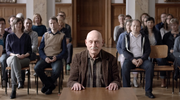
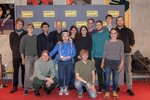
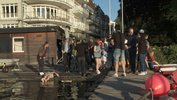
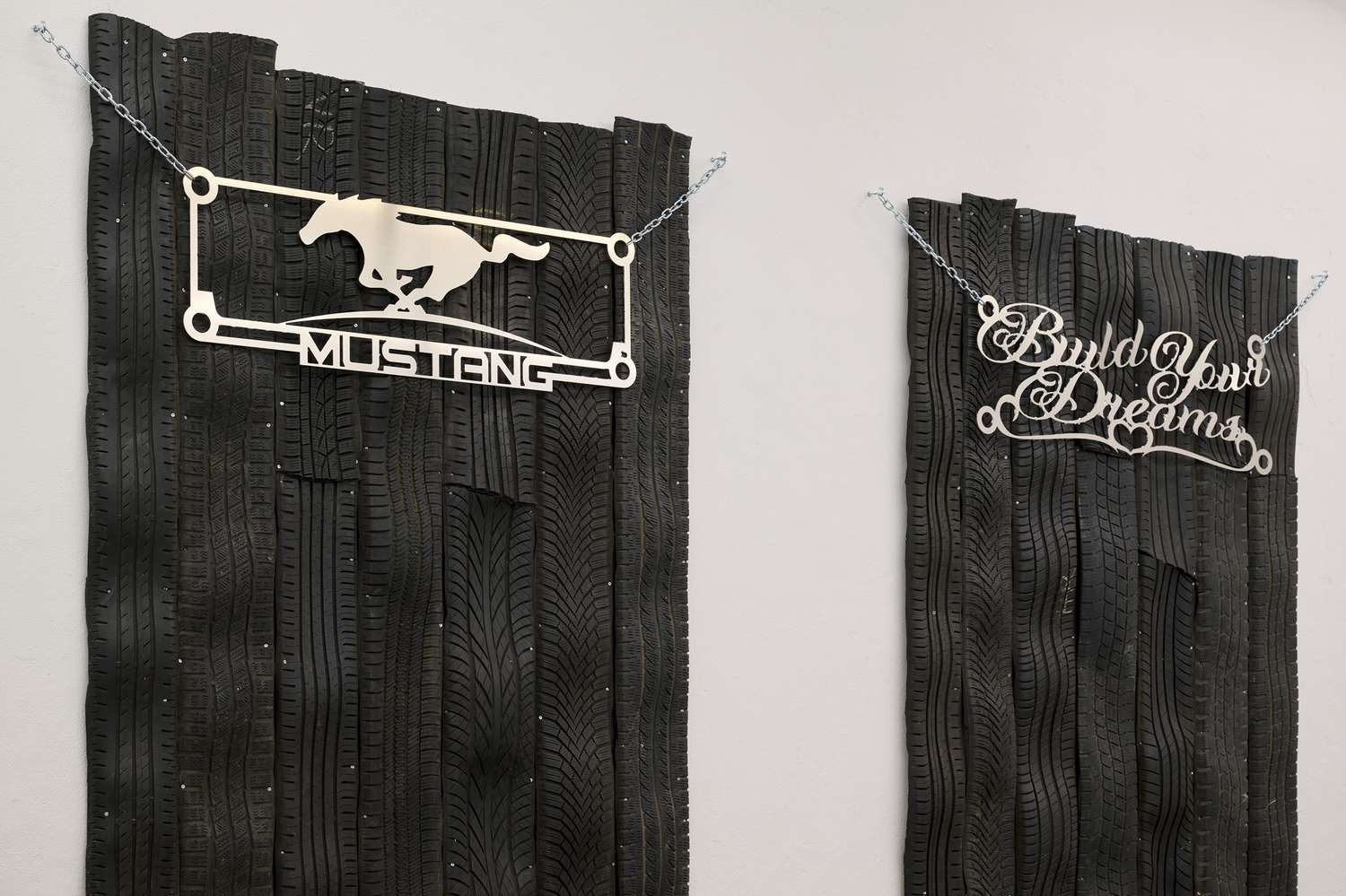
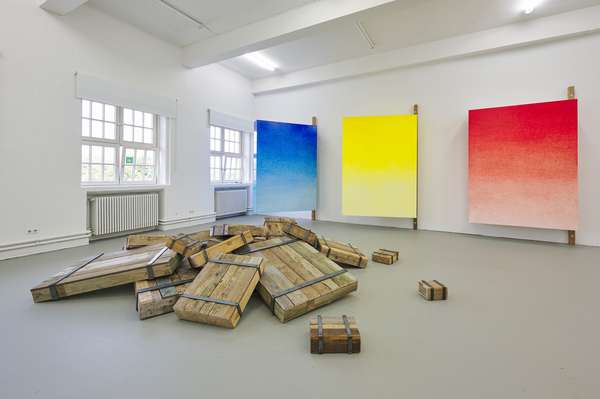


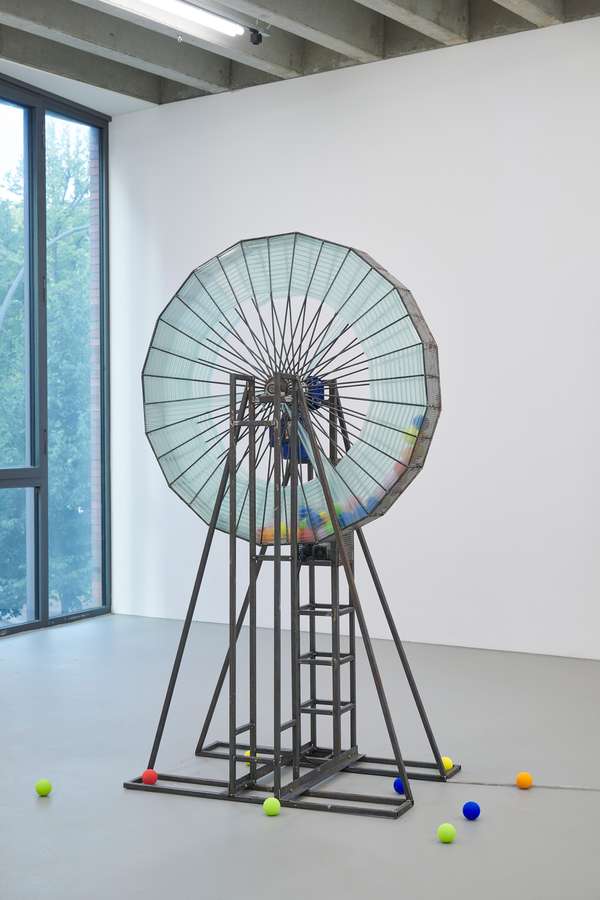
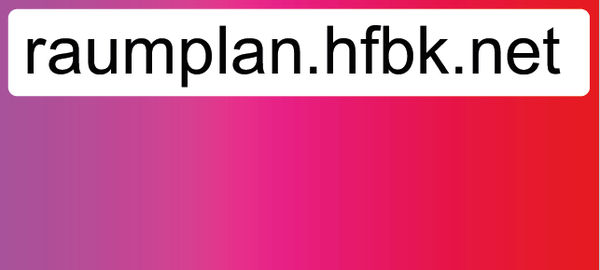

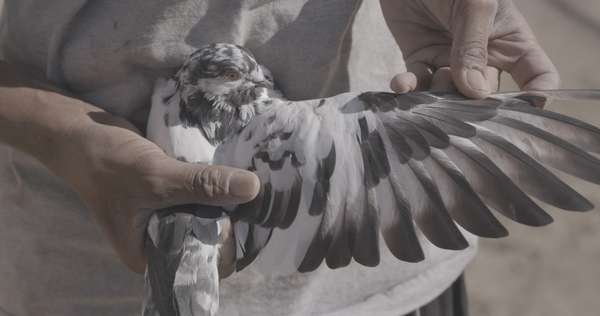
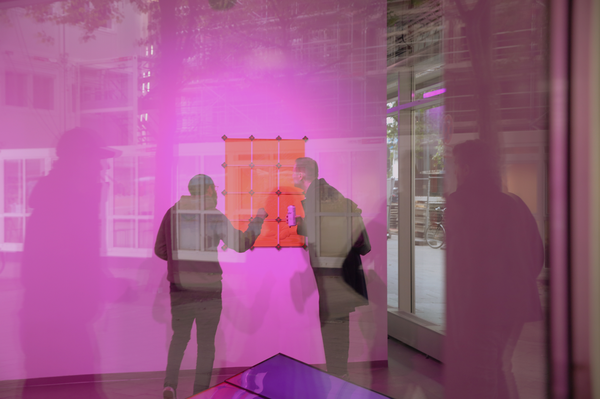


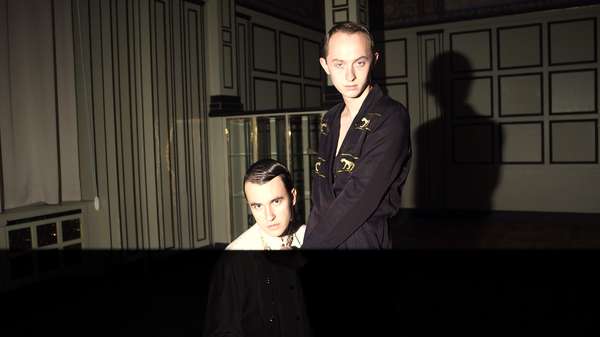
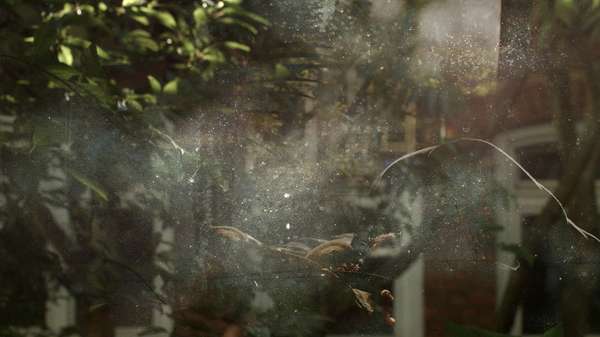
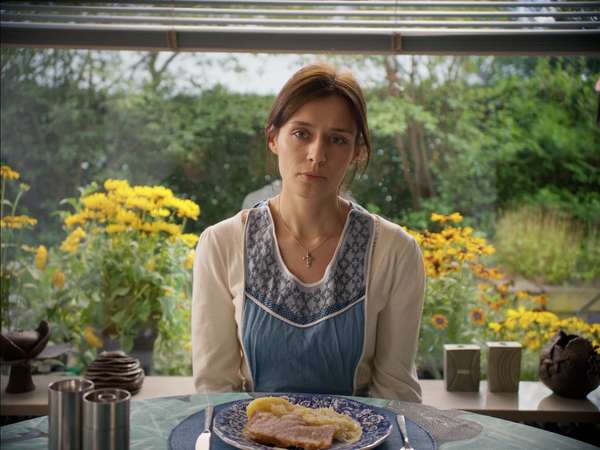
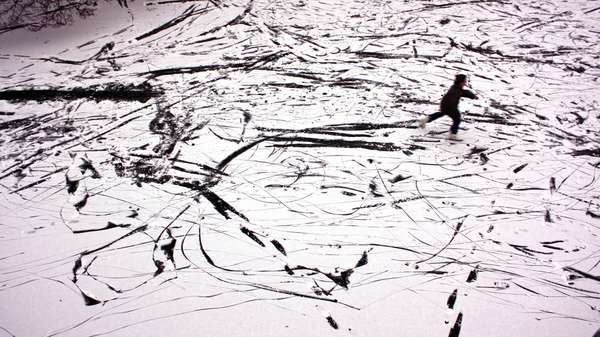
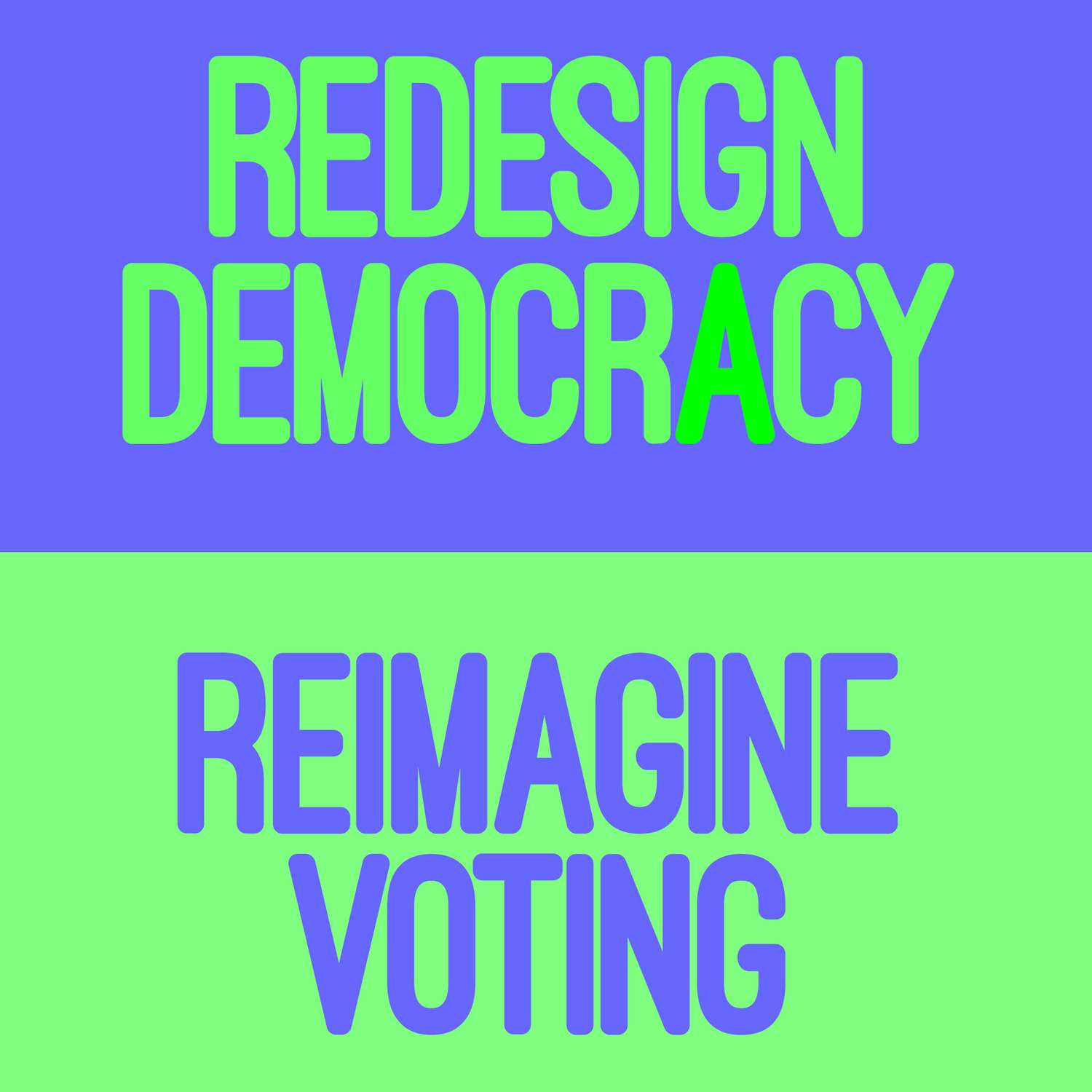

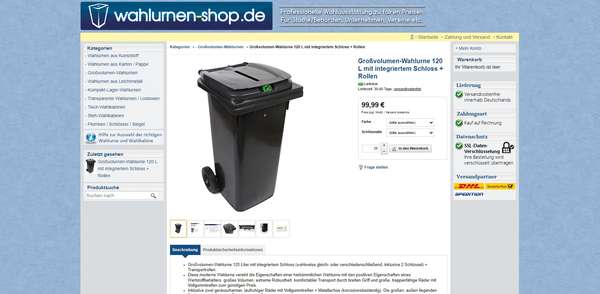

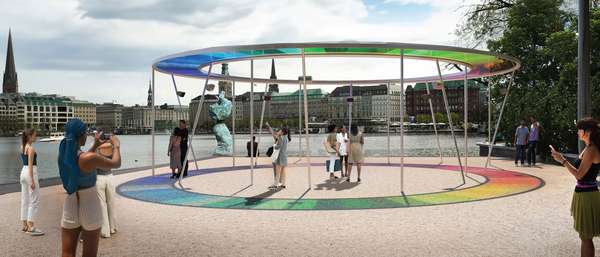

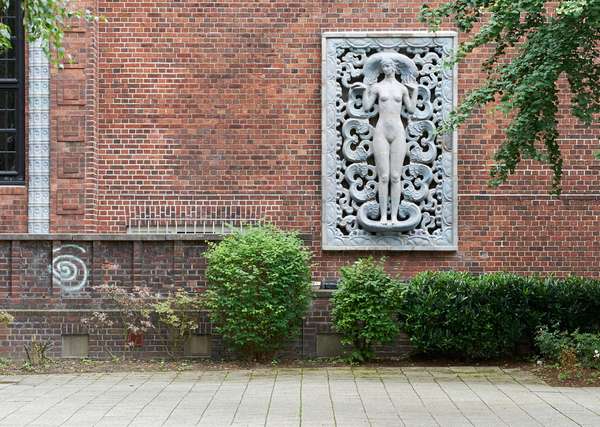
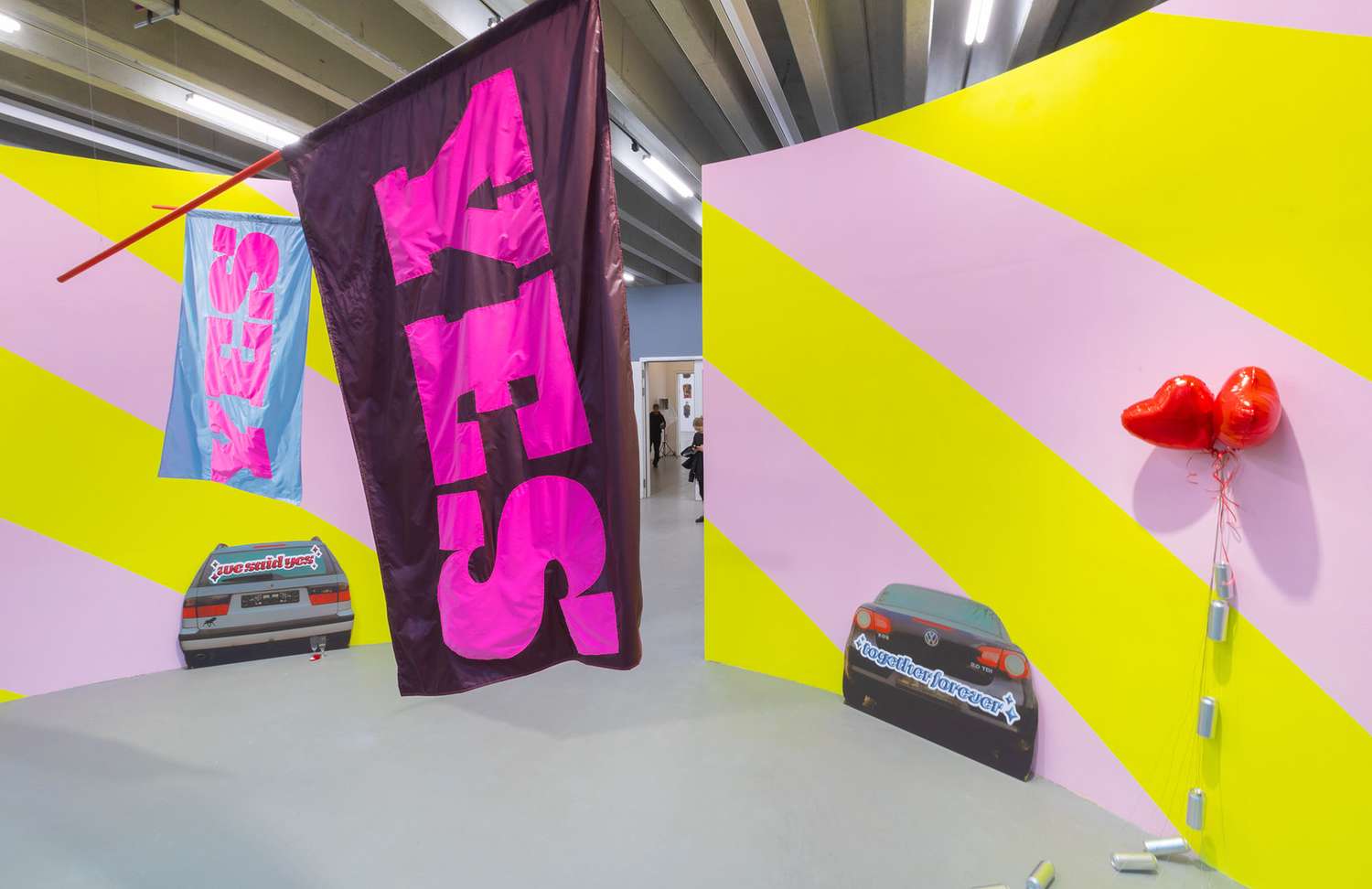
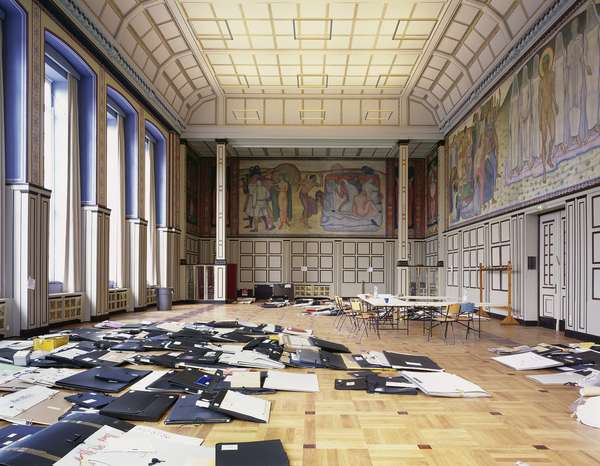
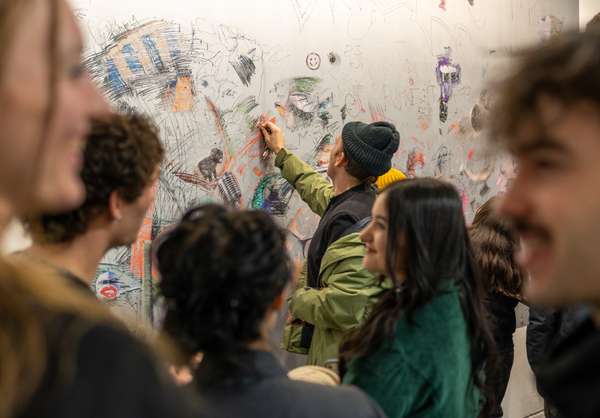
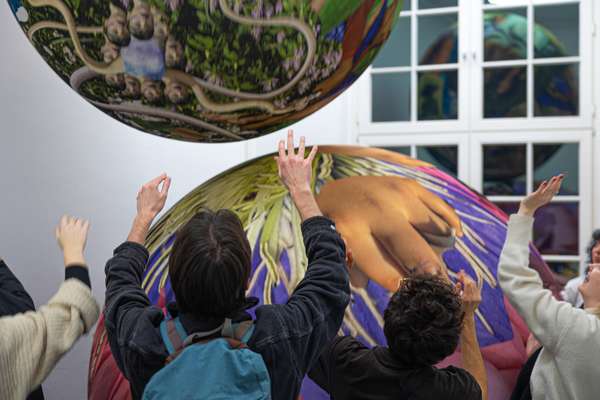
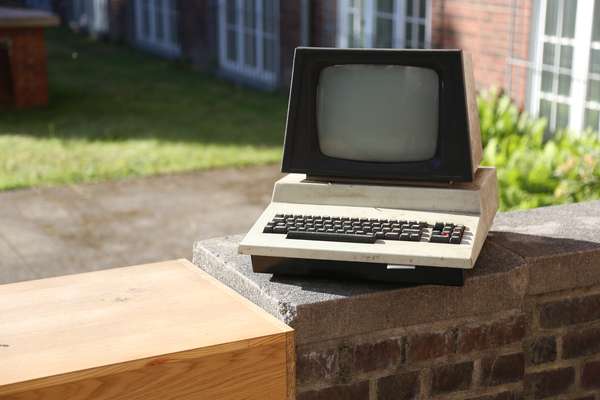


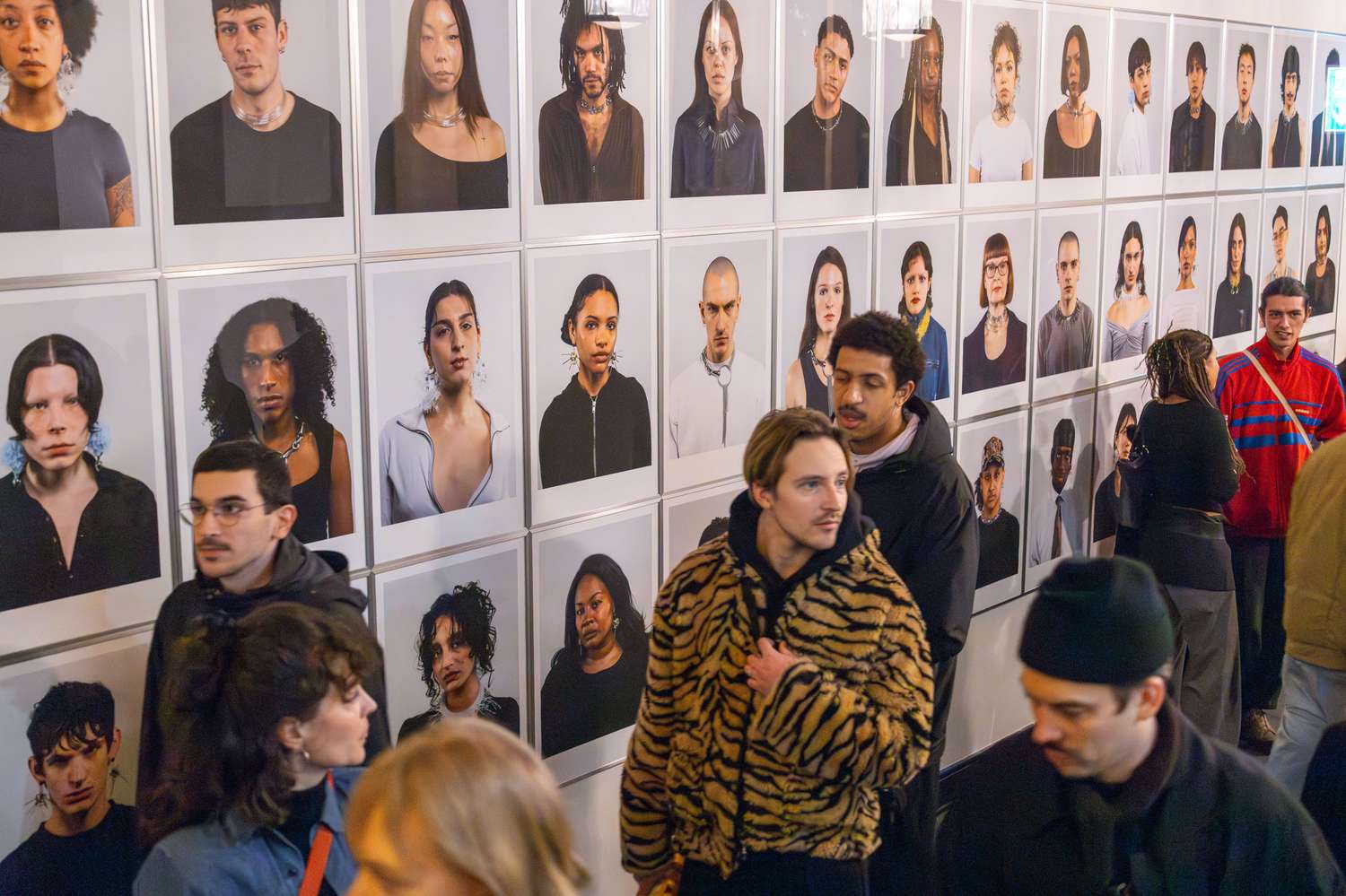
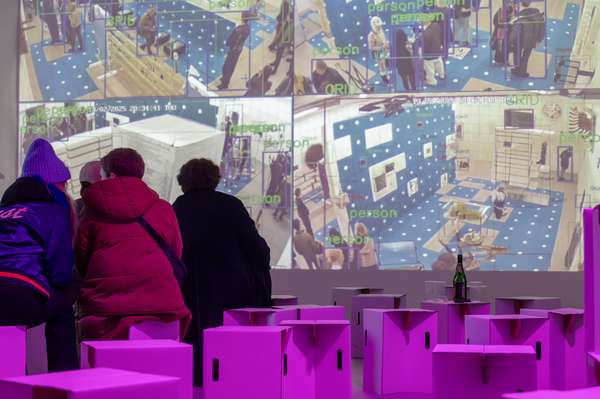
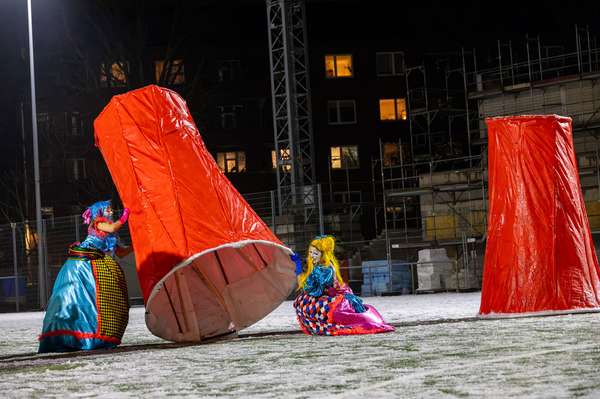
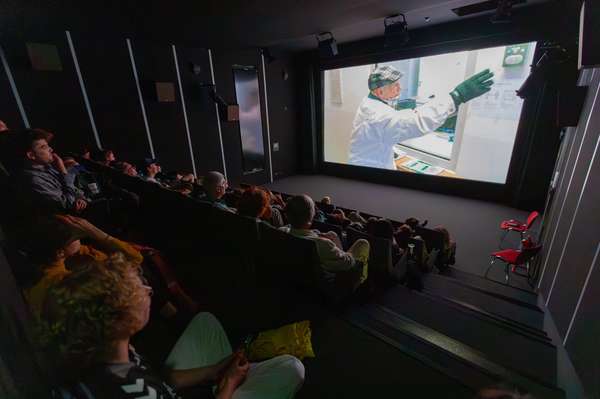
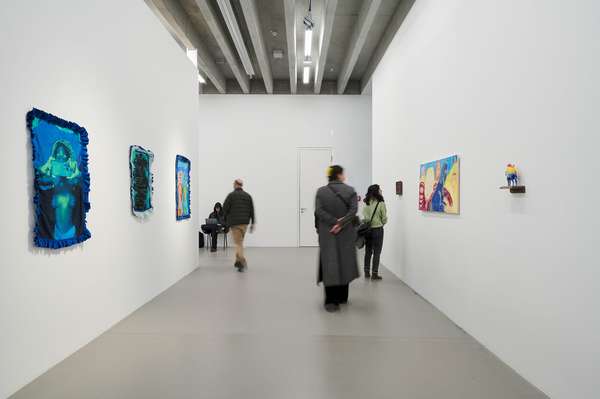
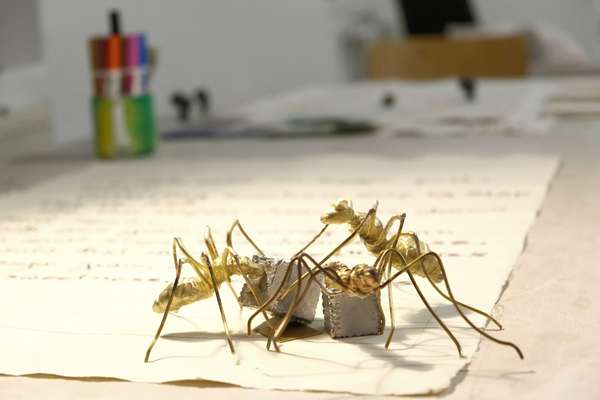
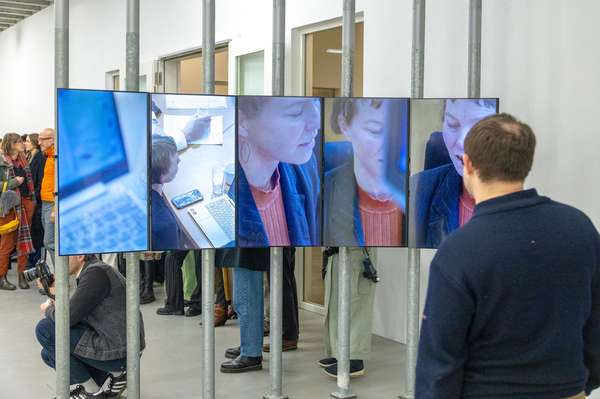
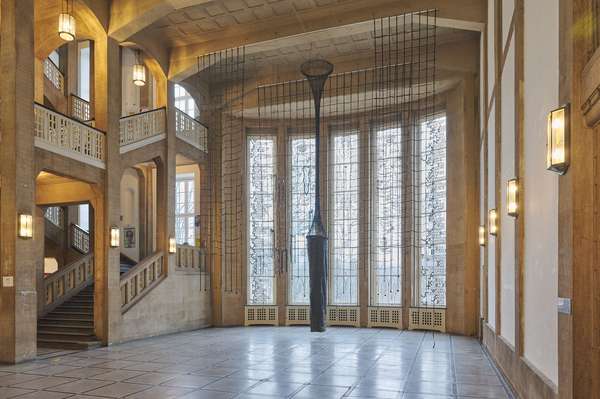
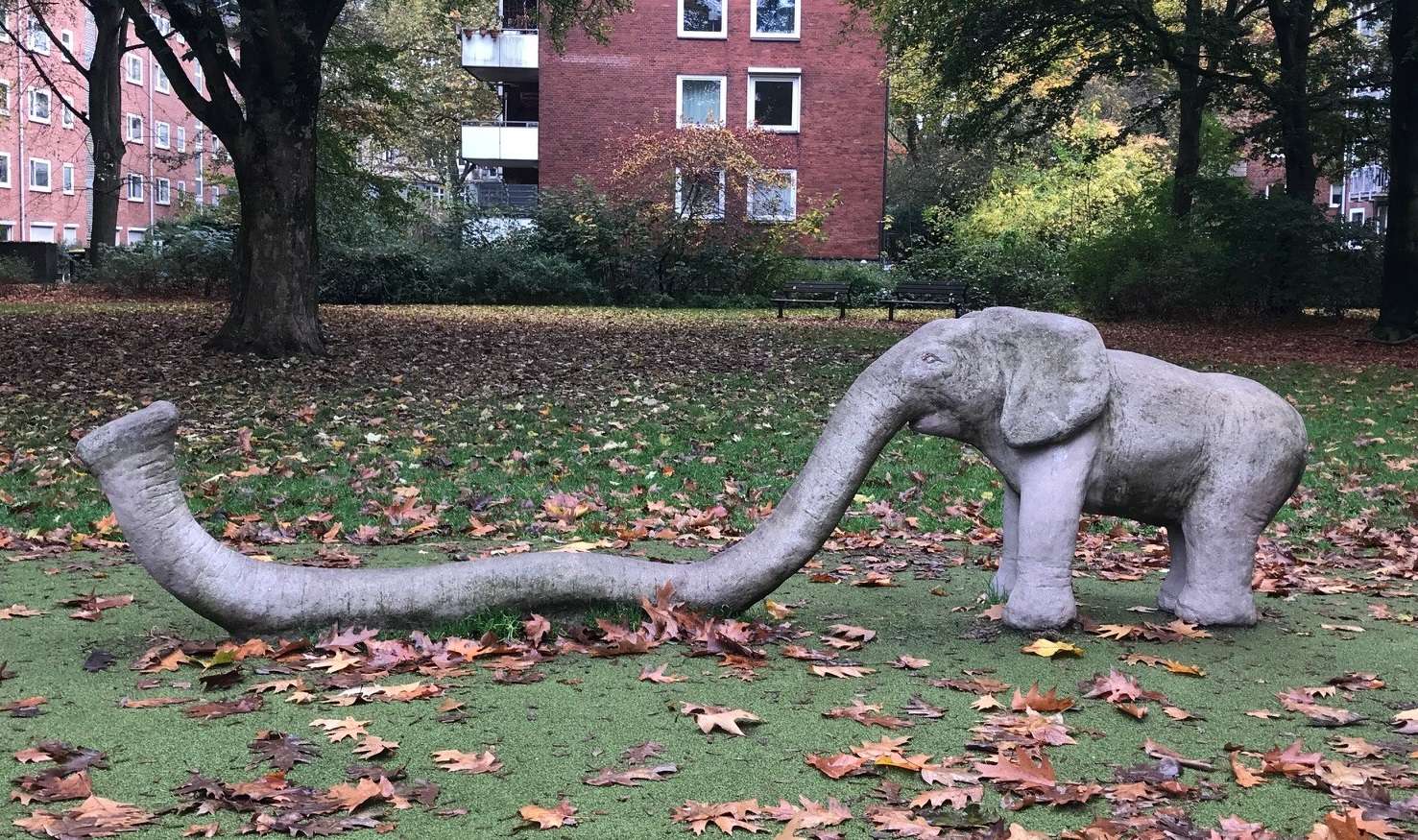
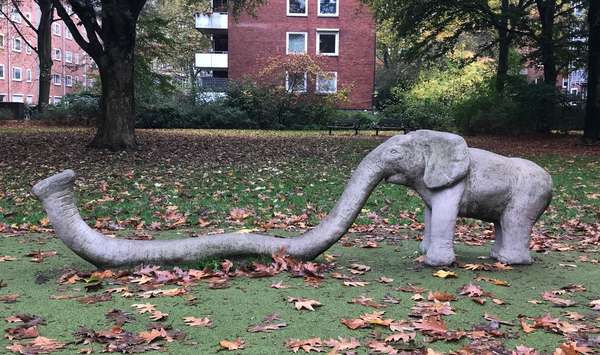
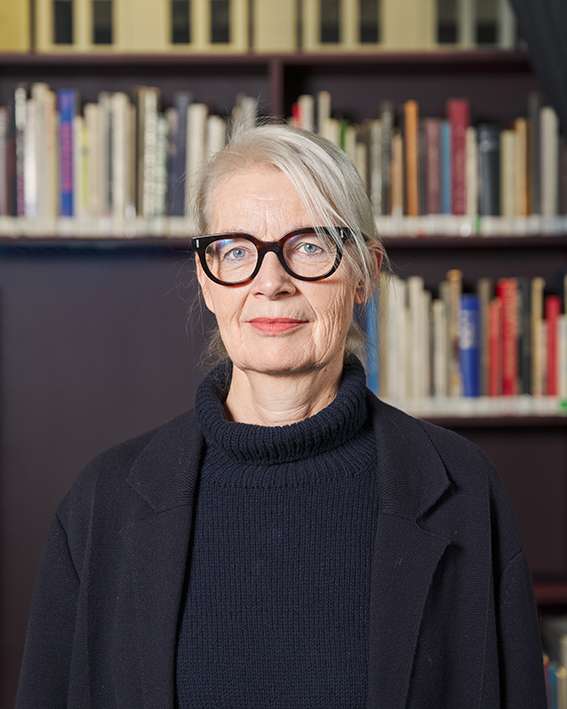
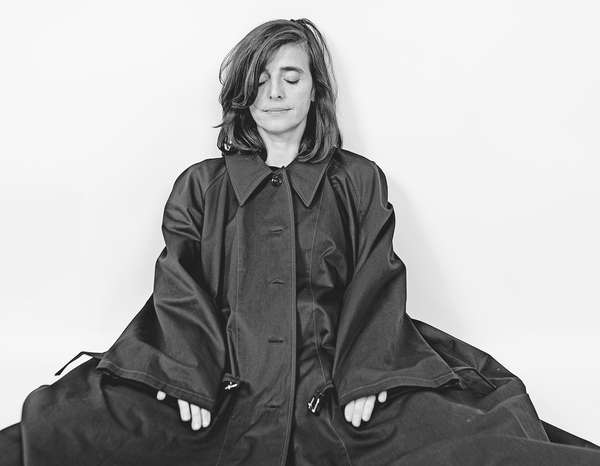
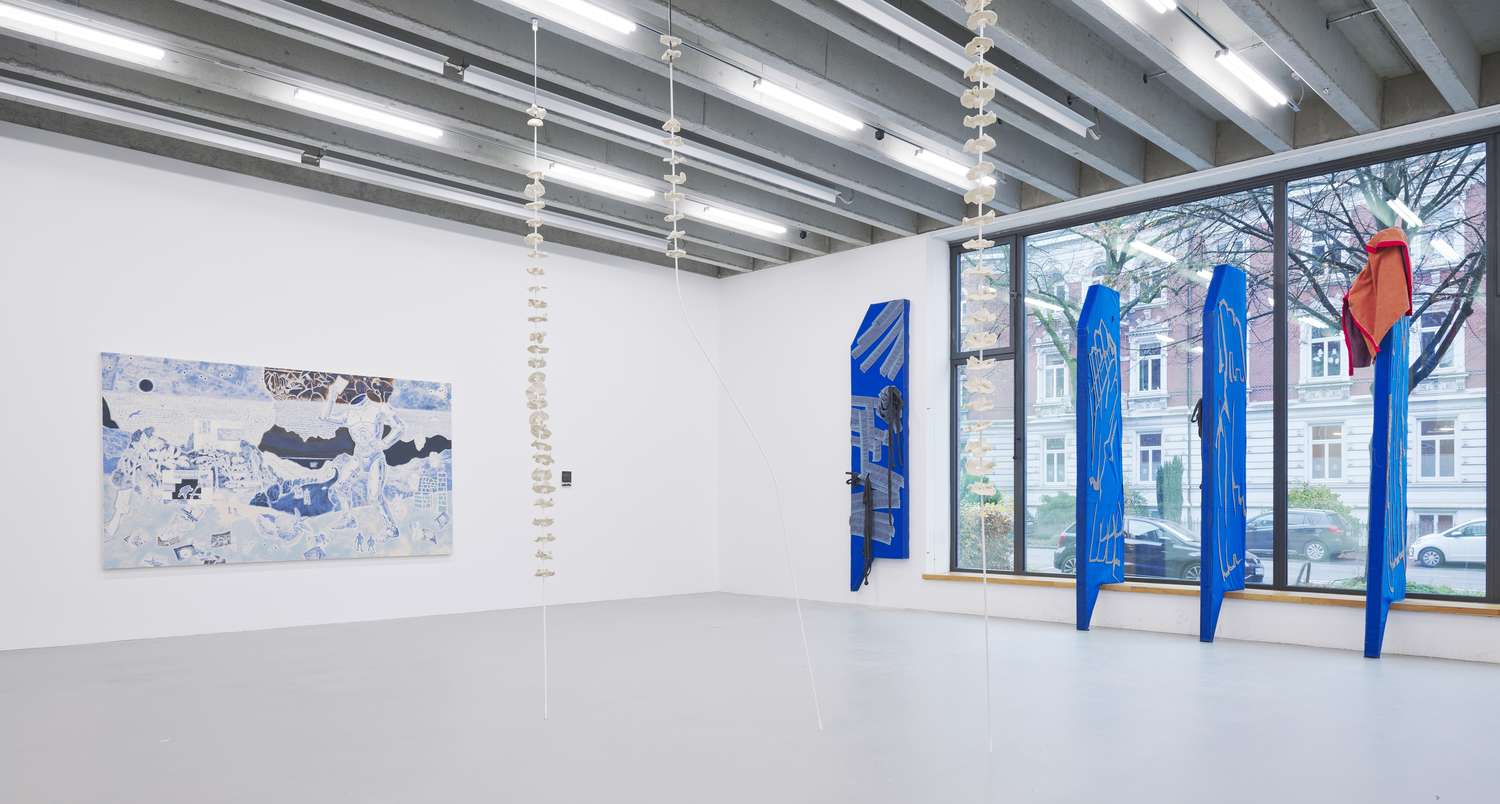
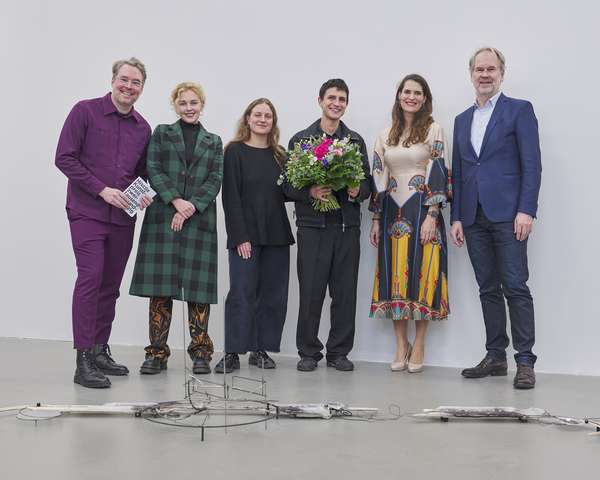
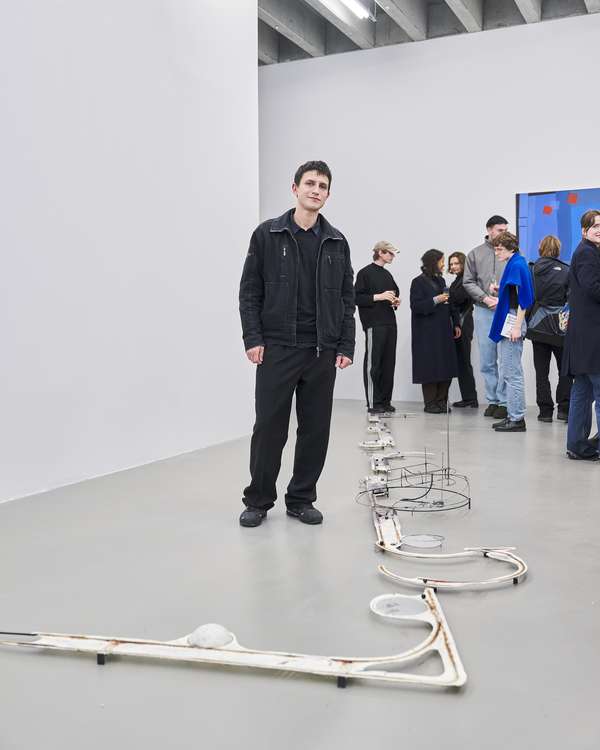
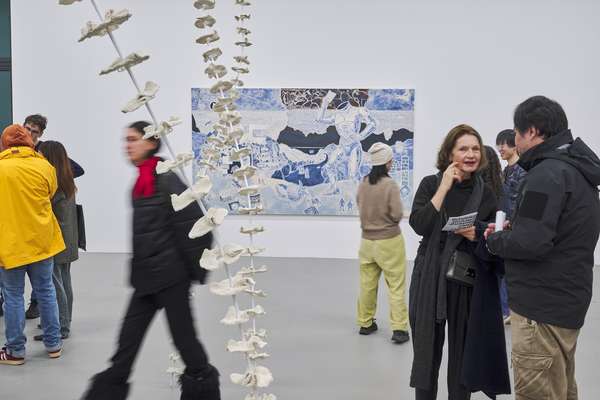
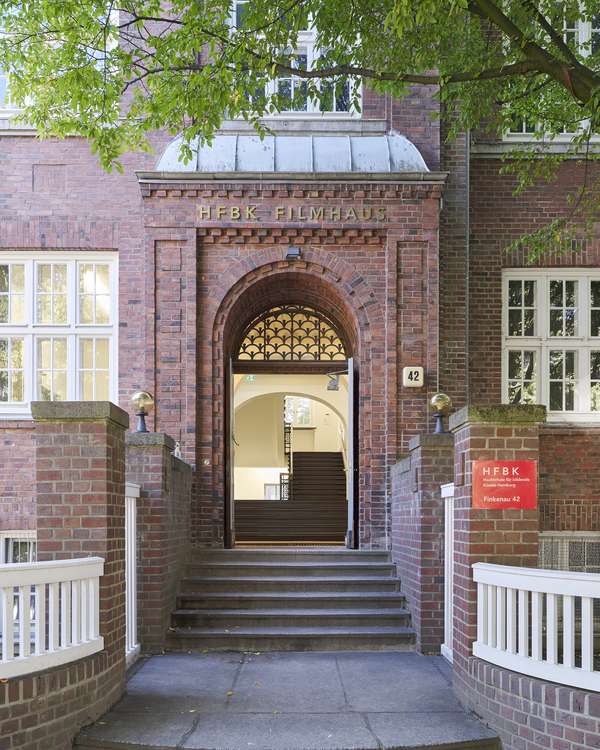
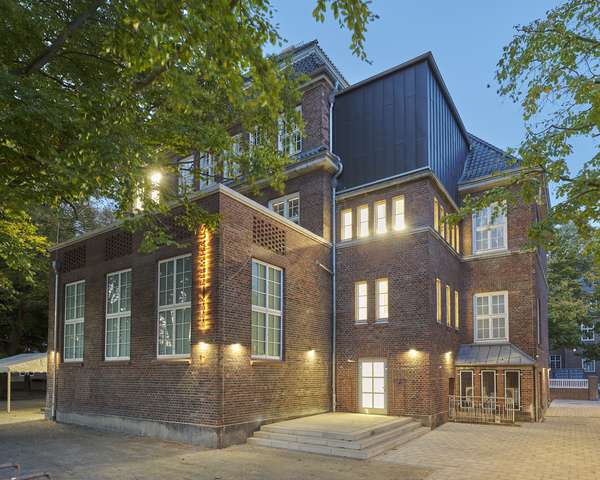
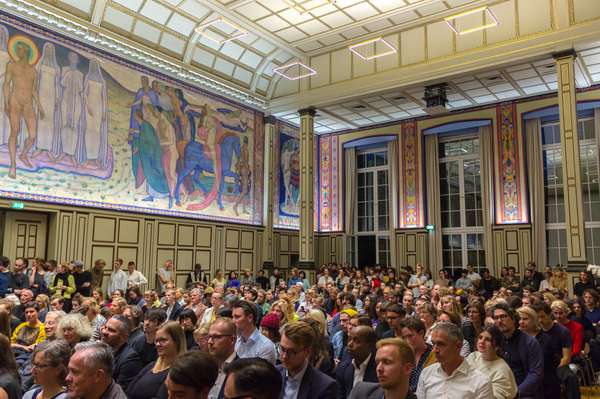
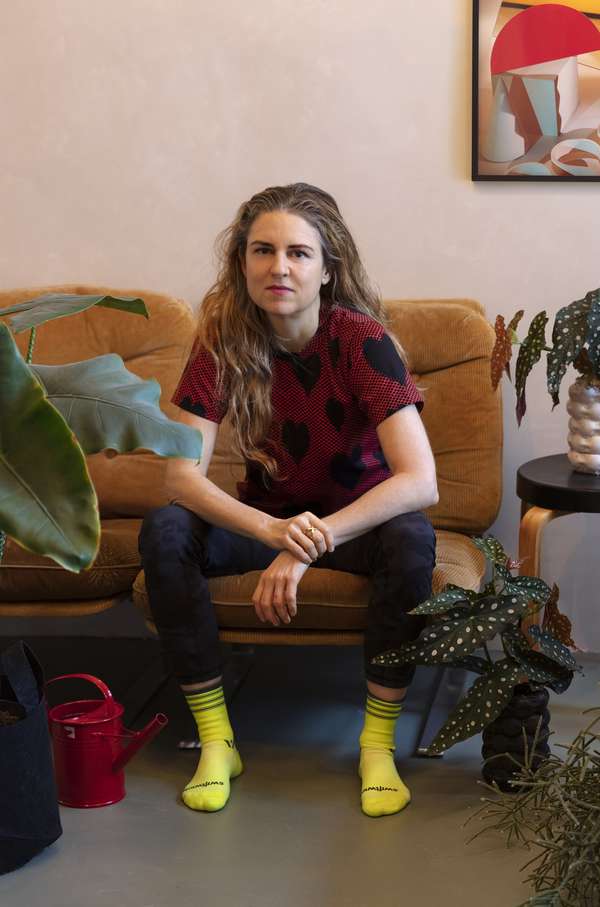
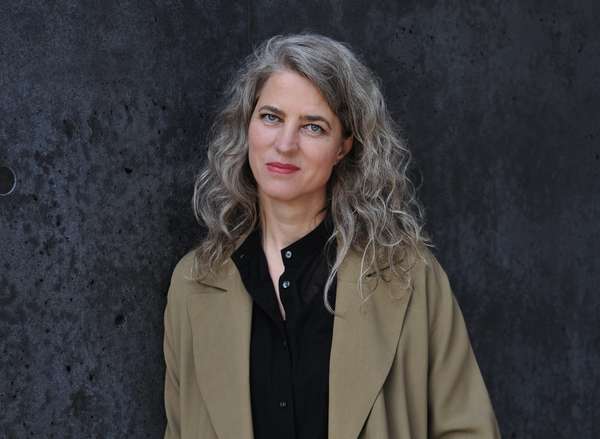
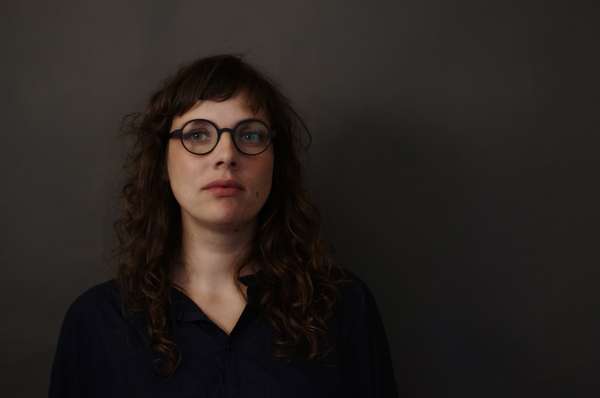
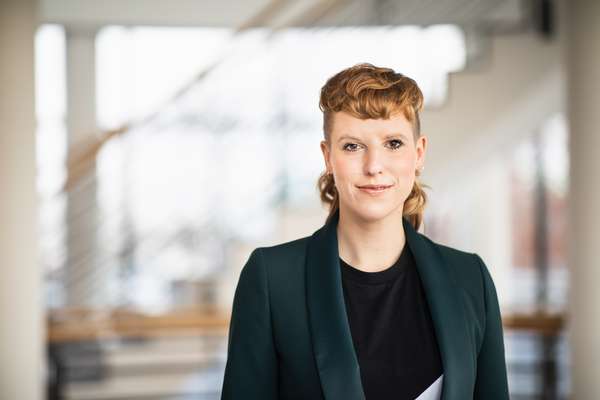
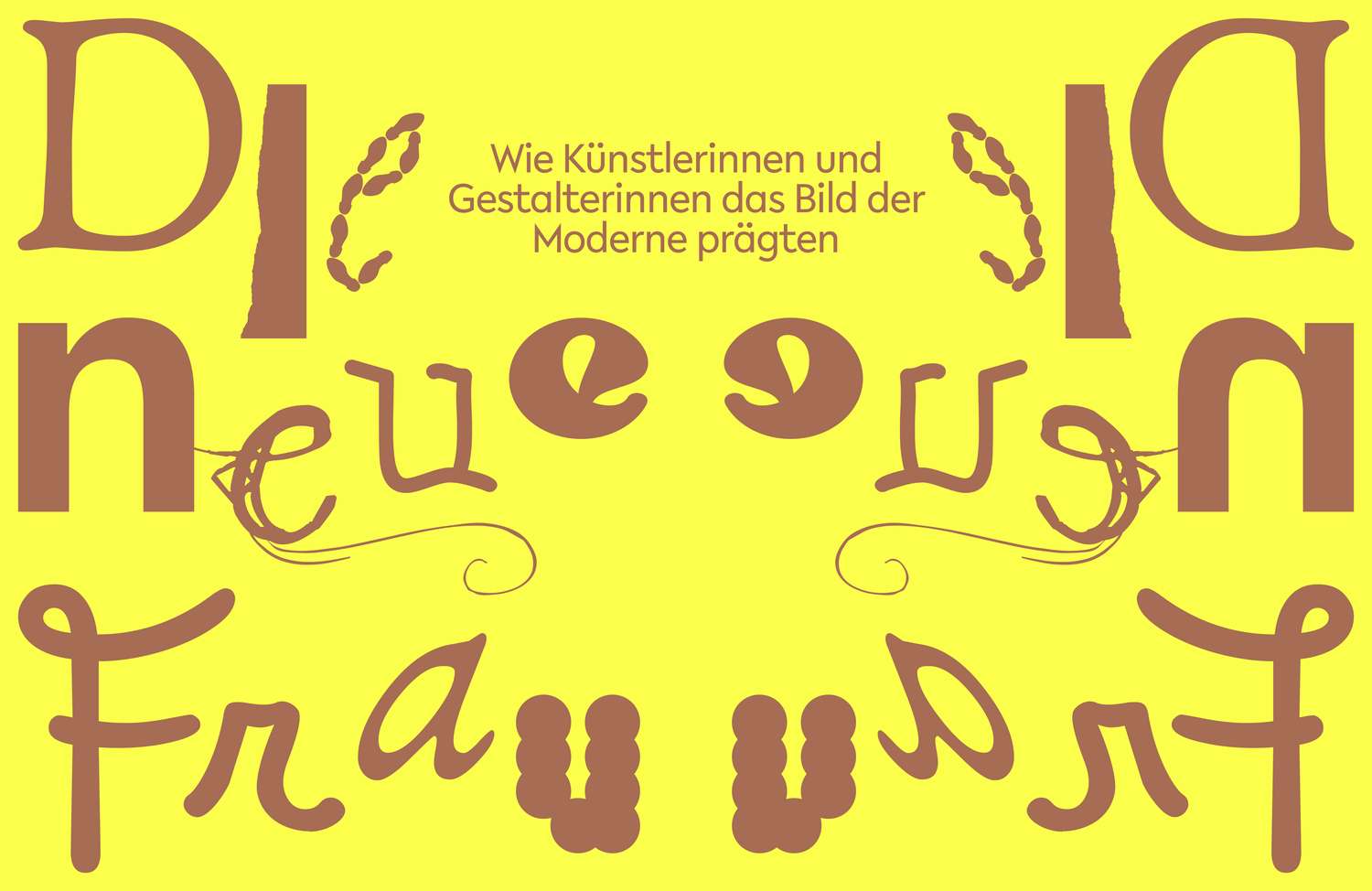
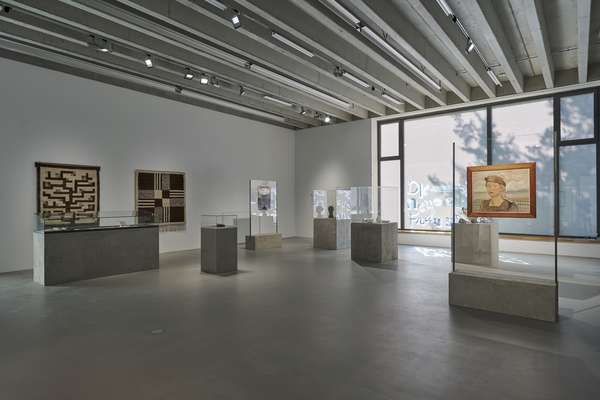
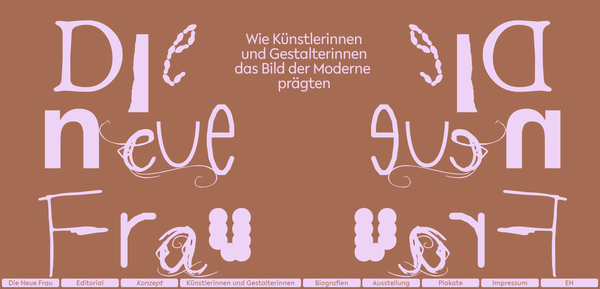
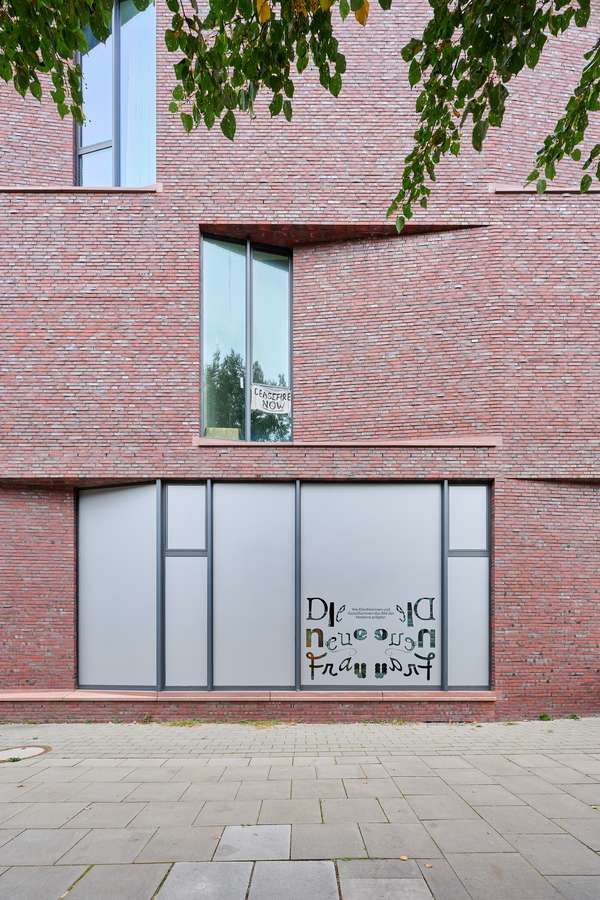
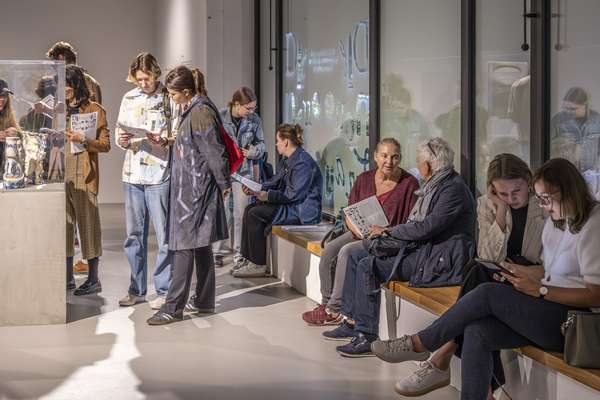

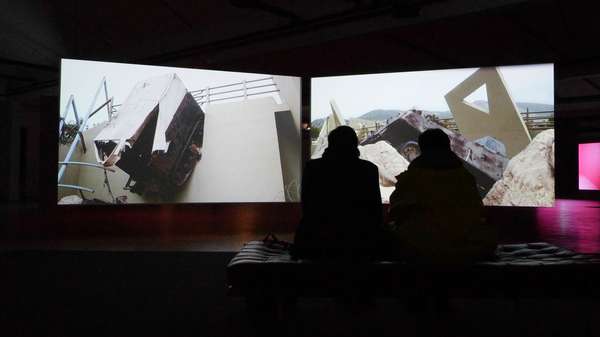
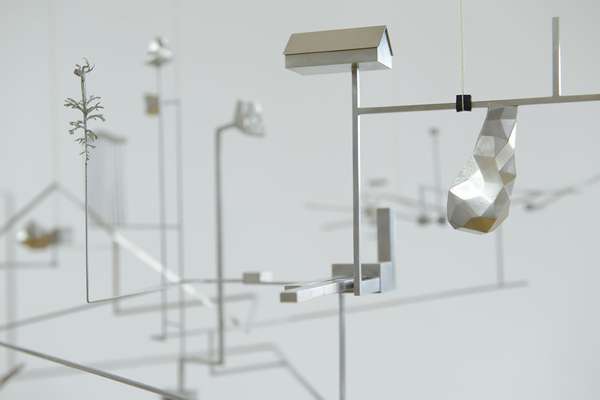
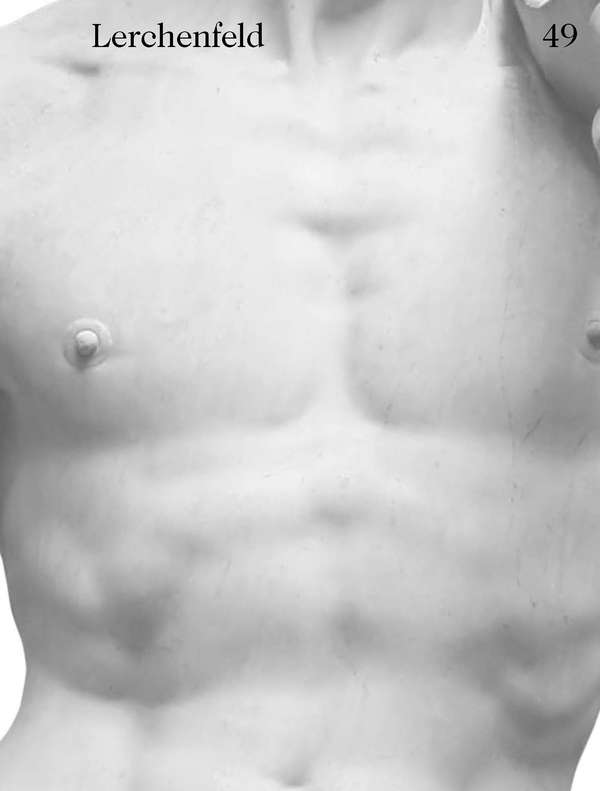
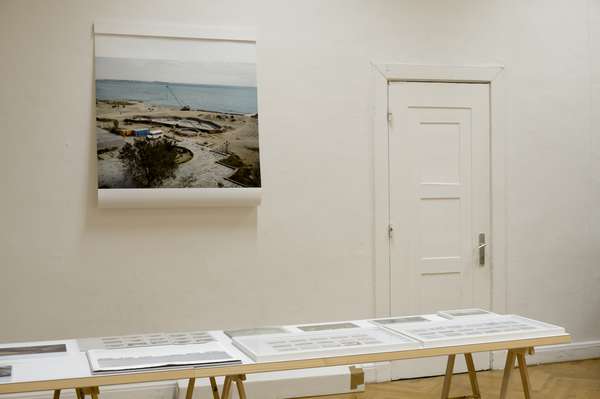
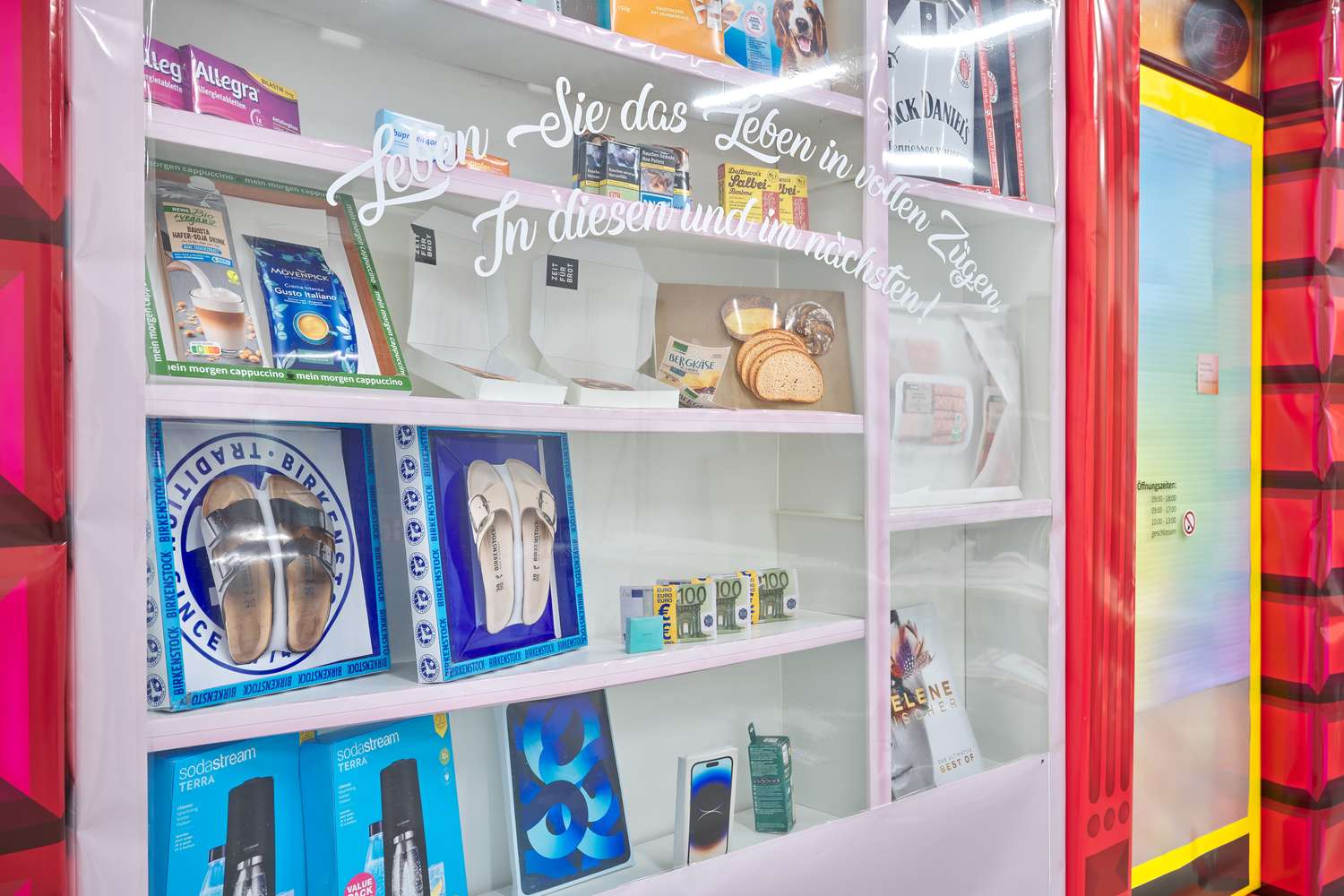
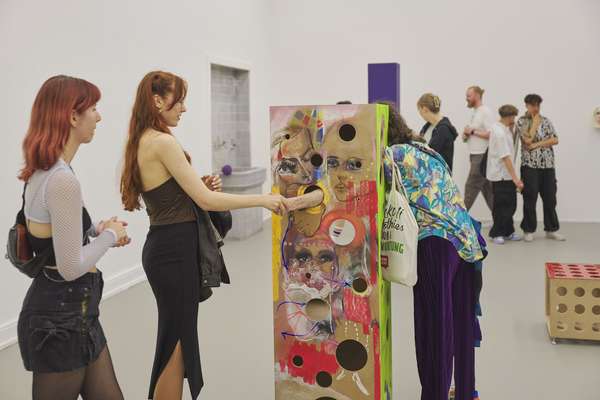
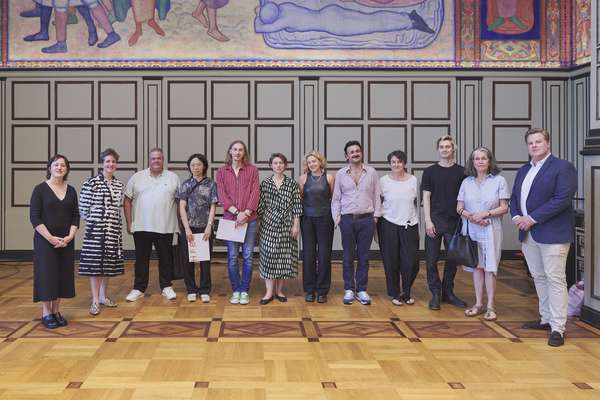


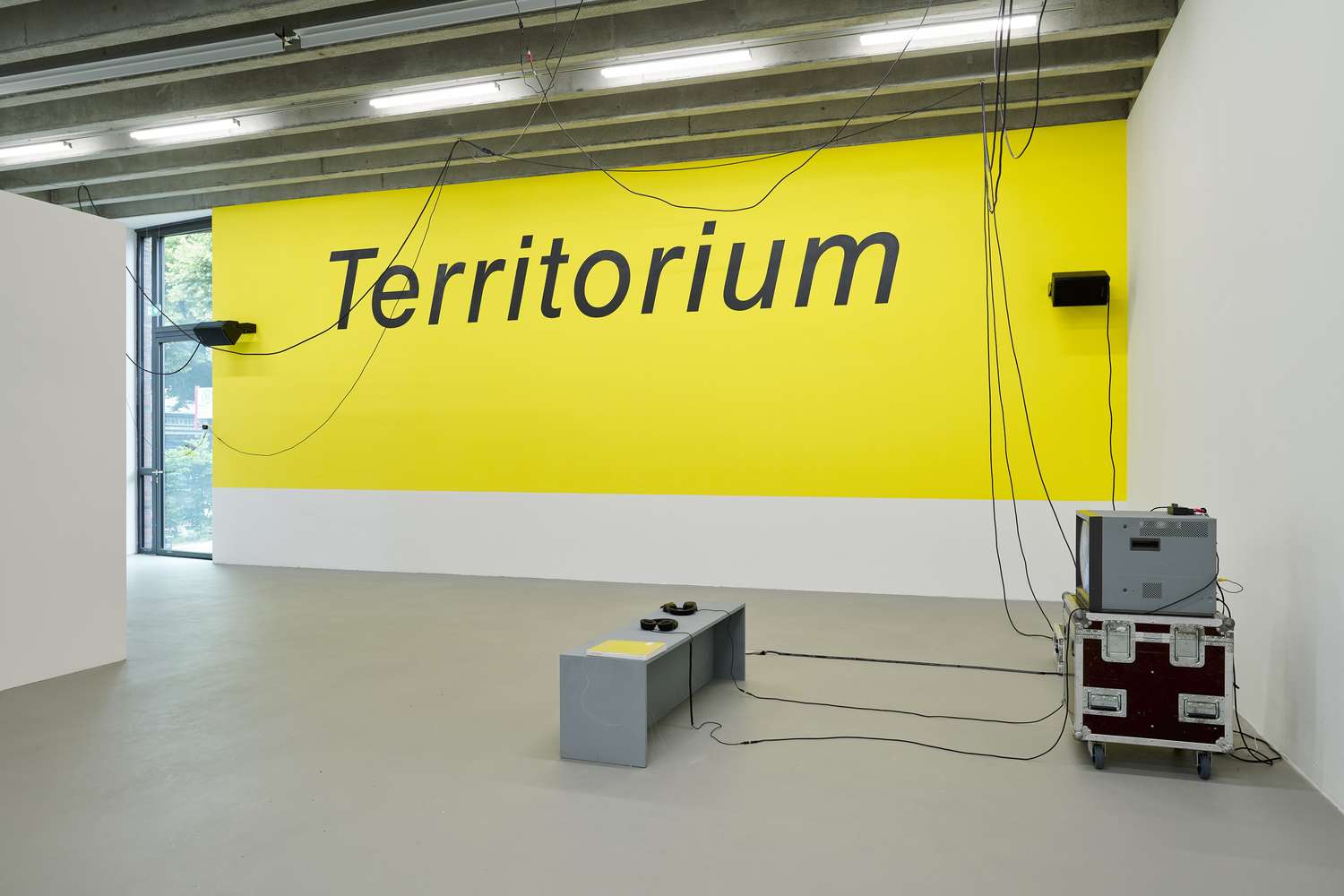

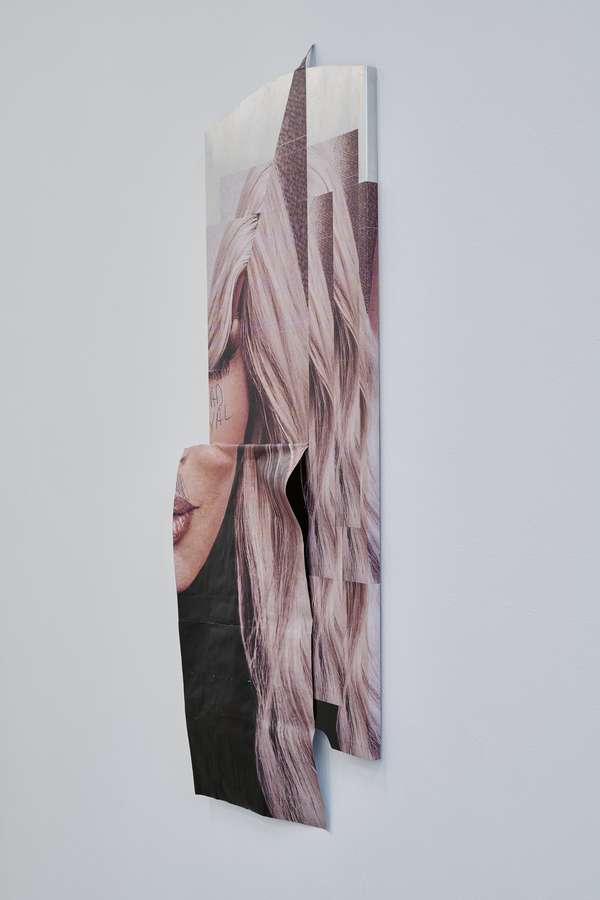



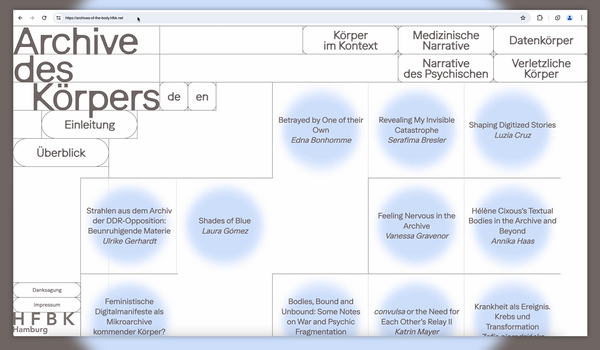






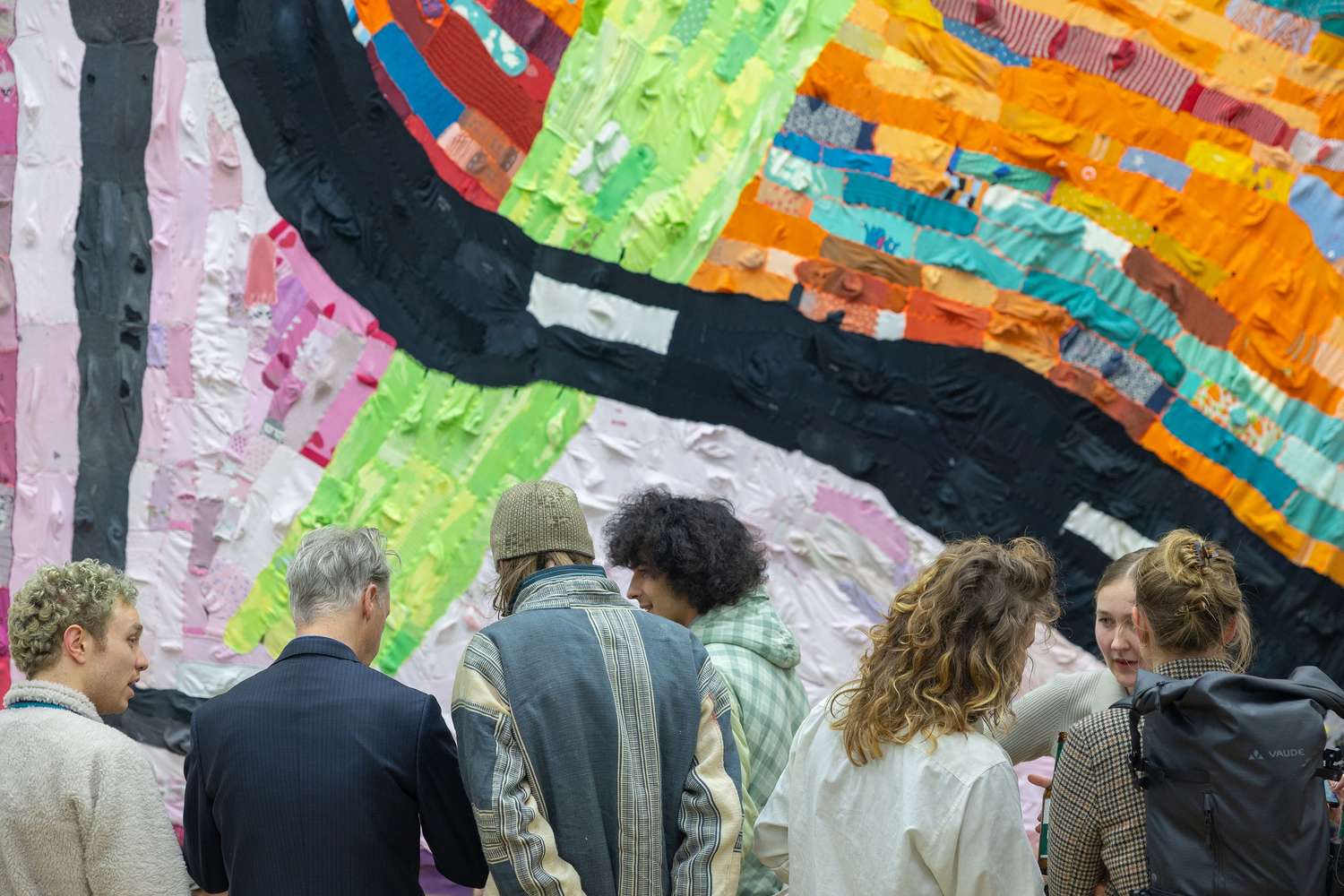








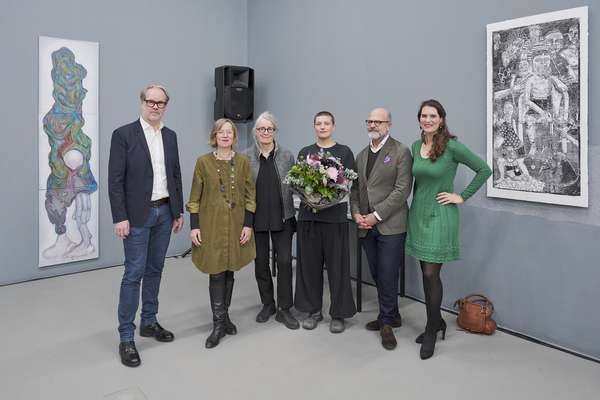


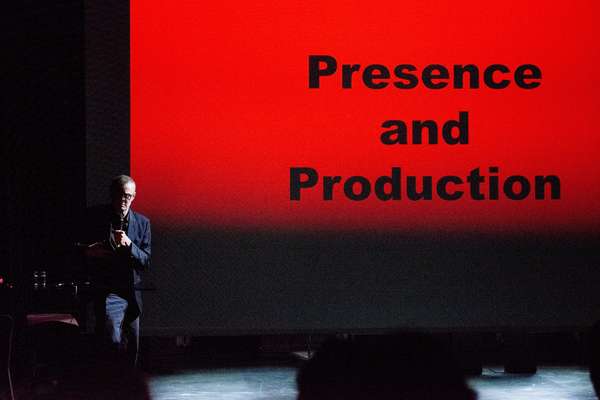



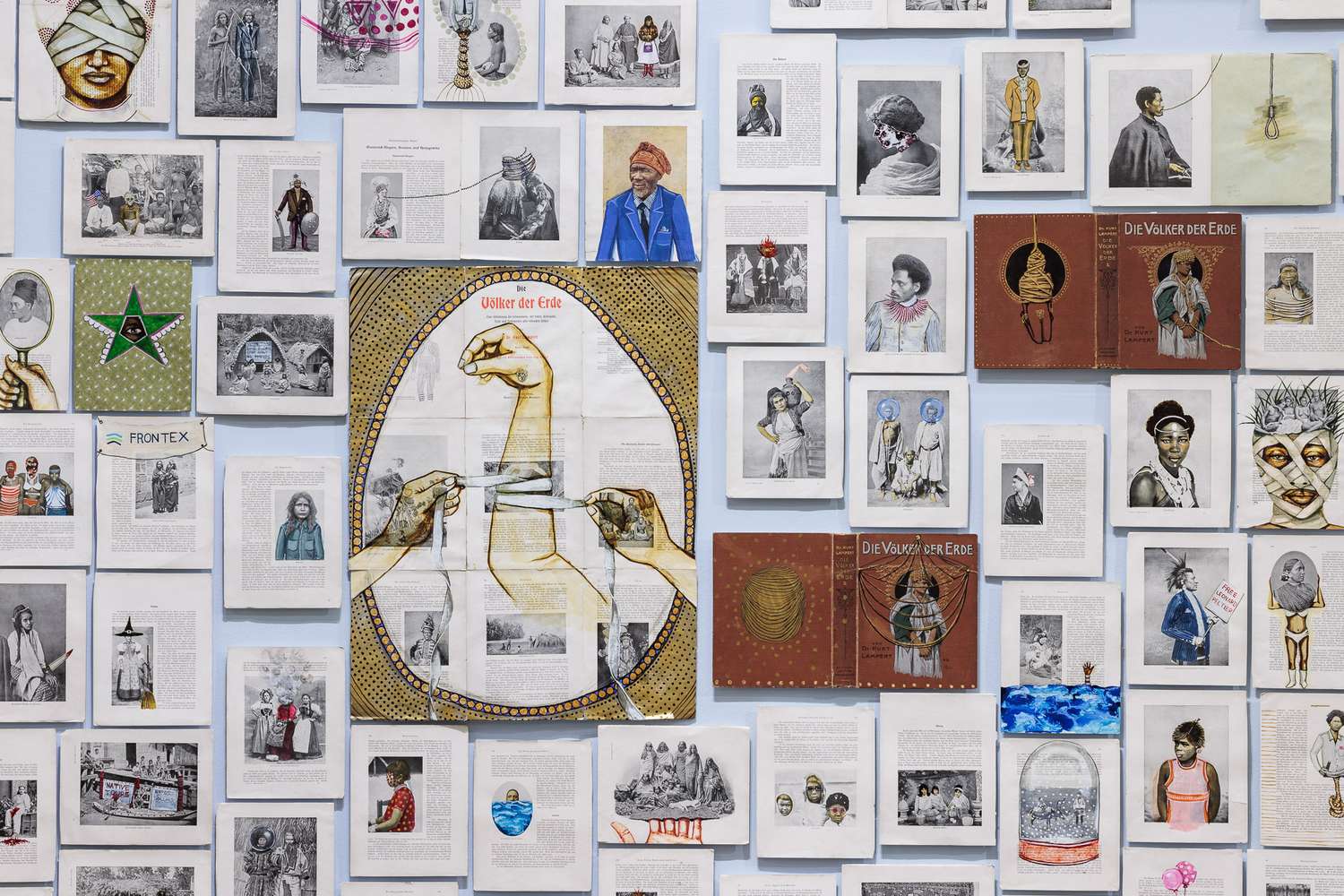









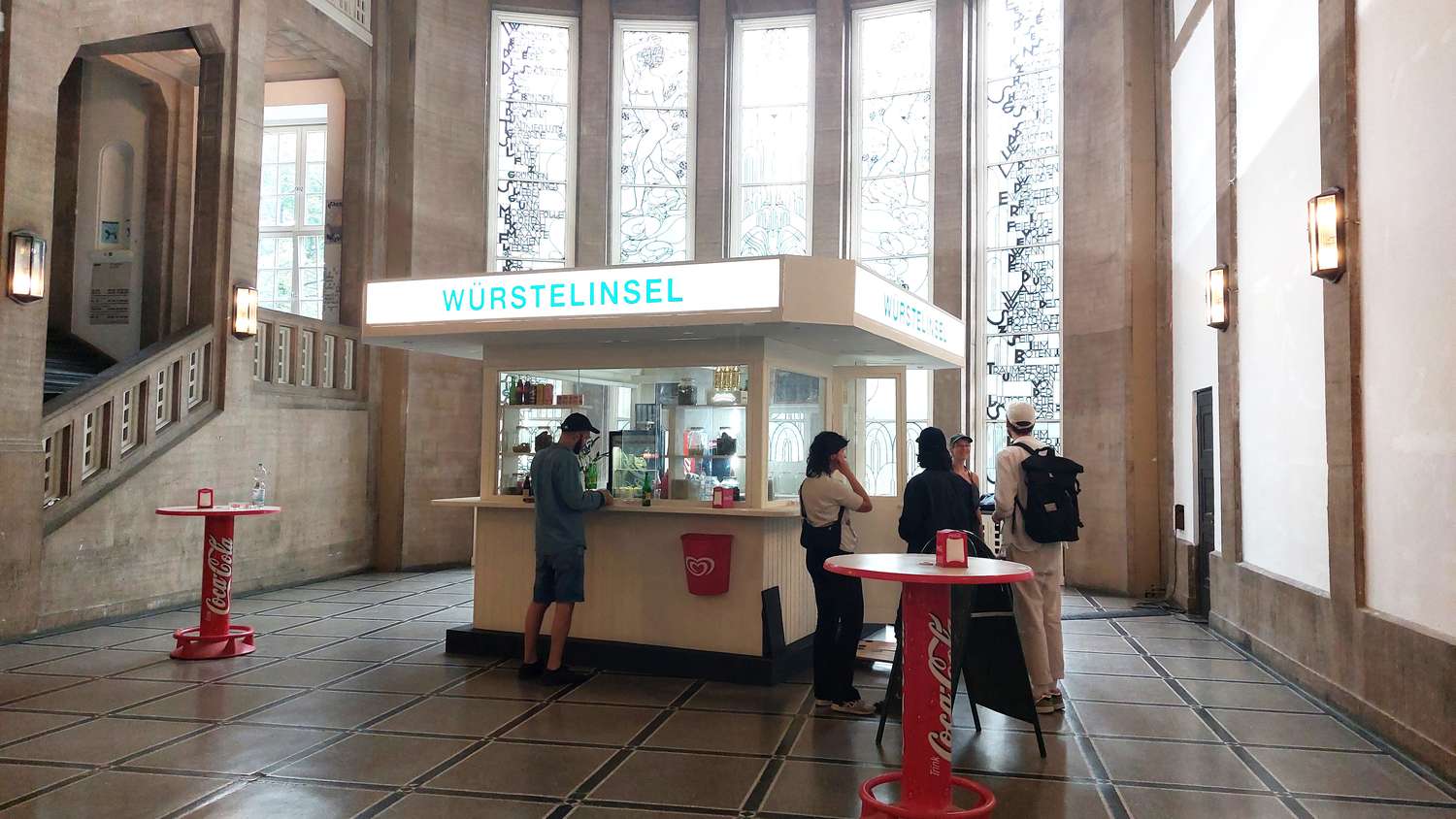








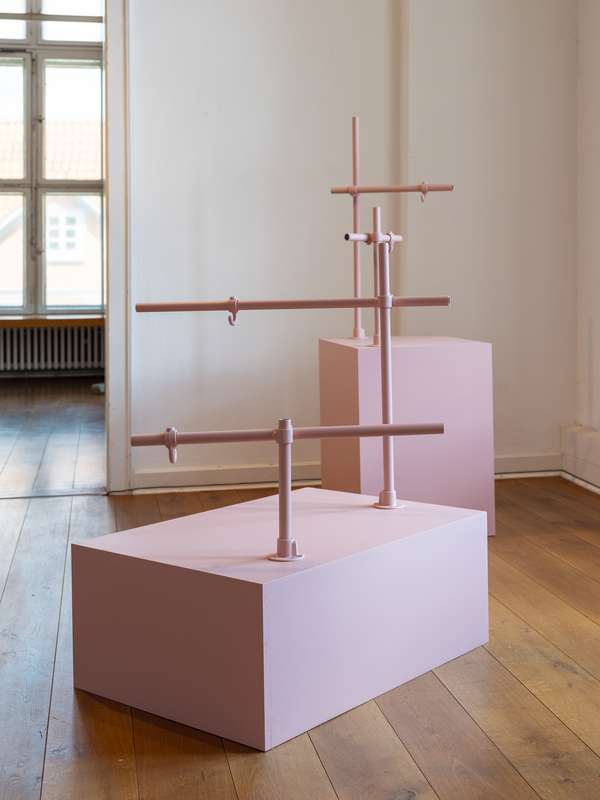

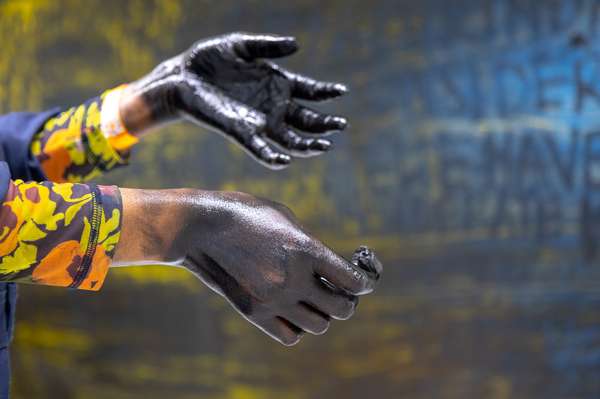




































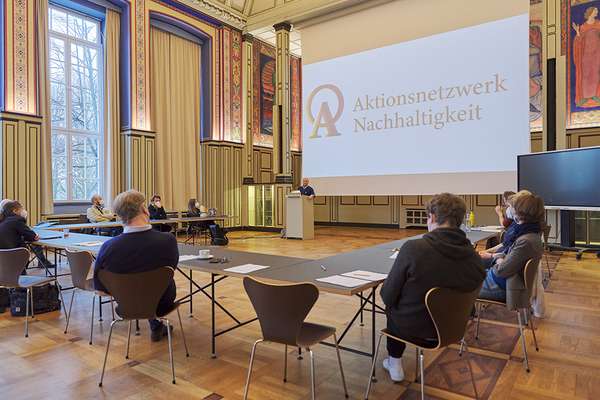






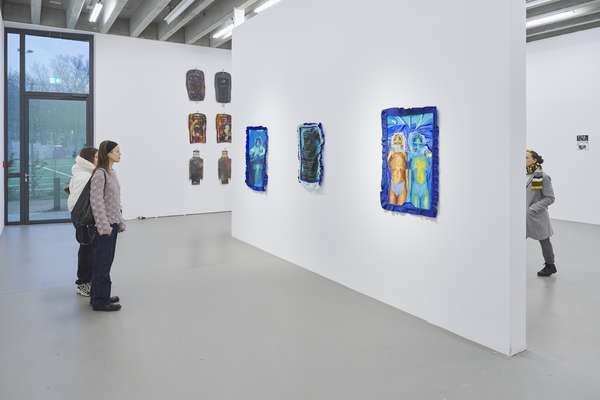








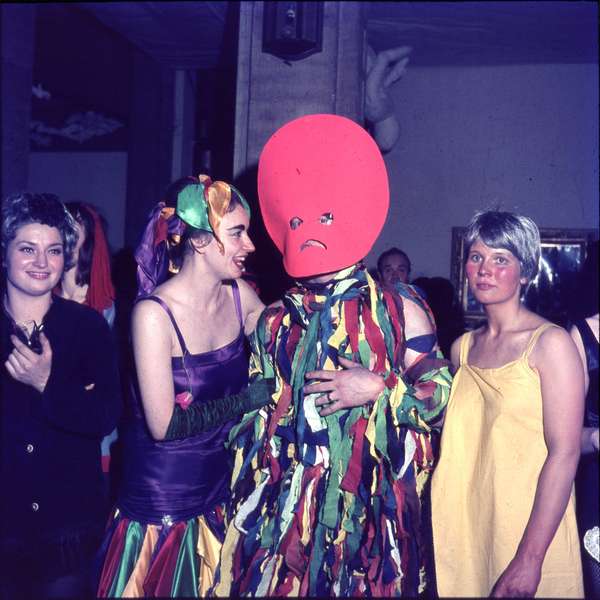

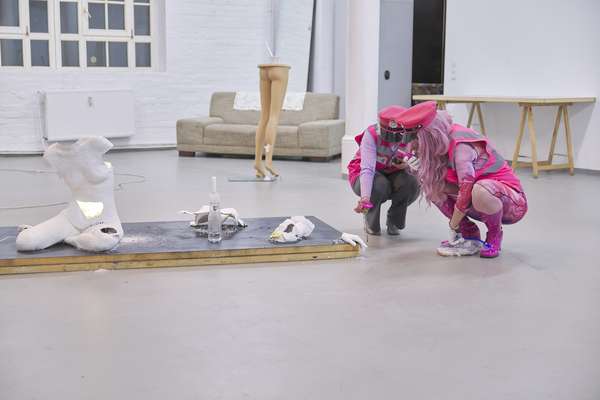







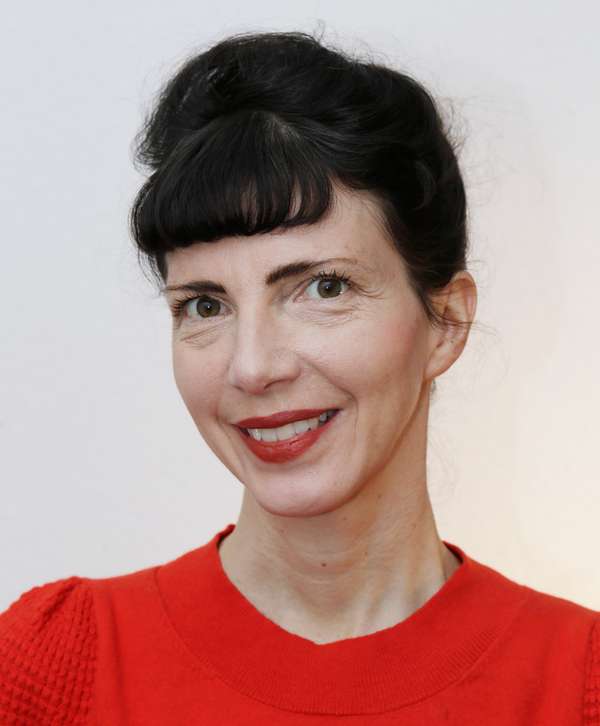
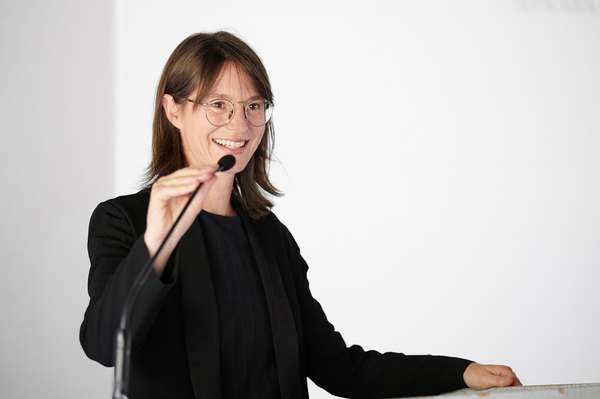




















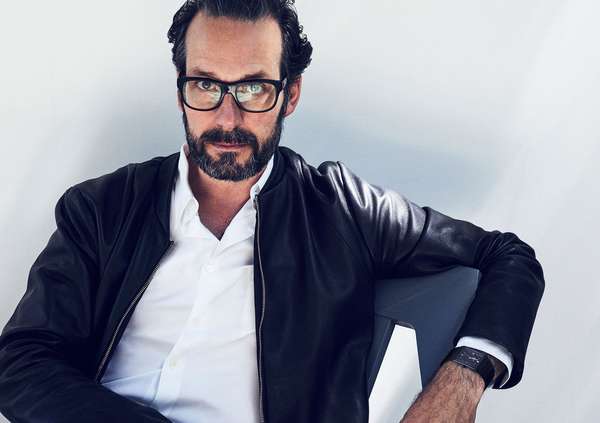







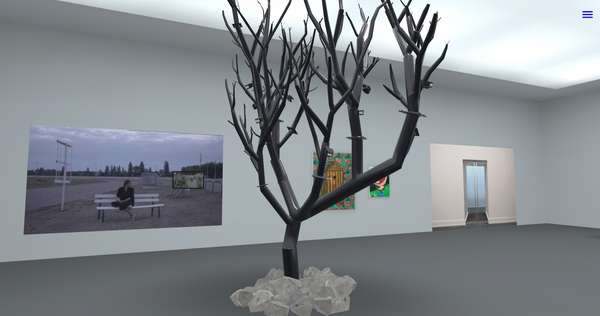
















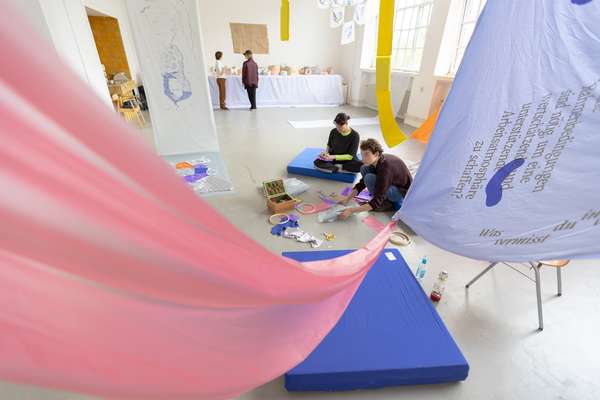

 Graduate Show 2025: Don't stop me now
Graduate Show 2025: Don't stop me now
 Long days, lots to do
Long days, lots to do
 Cine*Ami*es
Cine*Ami*es
 Redesign Democracy – competition for the ballot box of the democratic future
Redesign Democracy – competition for the ballot box of the democratic future
 Art in public space
Art in public space
 How to apply: study at HFBK Hamburg
How to apply: study at HFBK Hamburg
 Annual Exhibition 2025 at the HFBK Hamburg
Annual Exhibition 2025 at the HFBK Hamburg
 The Elephant in The Room – Sculpture today
The Elephant in The Room – Sculpture today
 Hiscox Art Prize 2024
Hiscox Art Prize 2024
 The New Woman
The New Woman
 Doing a PhD at the HFBK Hamburg
Doing a PhD at the HFBK Hamburg
 Graduate Show 2024 - Letting Go
Graduate Show 2024 - Letting Go
 Finkenwerder Art Prize 2024
Finkenwerder Art Prize 2024
 Archives of the Body - The Body in Archiving
Archives of the Body - The Body in Archiving
 New partnership with the School of Arts at the University of Haifa
New partnership with the School of Arts at the University of Haifa
 Annual Exhibition 2024 at the HFBK Hamburg
Annual Exhibition 2024 at the HFBK Hamburg
 (Ex)Changes of / in Art
(Ex)Changes of / in Art
 Extended Libraries
Extended Libraries
 And Still I Rise
And Still I Rise
 Let's talk about language
Let's talk about language
 Graduate Show 2023: Unfinished Business
Graduate Show 2023: Unfinished Business
 Let`s work together
Let`s work together
 Annual Exhibition 2023 at HFBK Hamburg
Annual Exhibition 2023 at HFBK Hamburg
 Symposium: Controversy over documenta fifteen
Symposium: Controversy over documenta fifteen
 Festival and Symposium: Non-Knowledge, Laughter and the Moving Image
Festival and Symposium: Non-Knowledge, Laughter and the Moving Image
 Solo exhibition by Konstantin Grcic
Solo exhibition by Konstantin Grcic
 Art and war
Art and war
 Graduate Show 2022: We’ve Only Just Begun
Graduate Show 2022: We’ve Only Just Begun
 June is full of art and theory
June is full of art and theory
 Finkenwerder Art Prize 2022
Finkenwerder Art Prize 2022
 Nachhaltigkeit im Kontext von Kunst und Kunsthochschule
Nachhaltigkeit im Kontext von Kunst und Kunsthochschule
 Raum für die Kunst
Raum für die Kunst
 Annual Exhibition 2022 at the HFBK
Annual Exhibition 2022 at the HFBK
 Conference: Counter-Monuments and Para-Monuments.
Conference: Counter-Monuments and Para-Monuments.
 Diversity
Diversity
 Live und in Farbe: die ASA Open Studios im Juni 2021
Live und in Farbe: die ASA Open Studios im Juni 2021
 Unlearning: Wartenau Assemblies
Unlearning: Wartenau Assemblies
 School of No Consequences
School of No Consequences
 Annual Exhibition 2021 at the HFBK
Annual Exhibition 2021 at the HFBK
 Semestereröffnung und Hiscox-Preisverleihung 2020
Semestereröffnung und Hiscox-Preisverleihung 2020
 Teaching Art Online at the HFBK
Teaching Art Online at the HFBK
 HFBK Graduate Survey
HFBK Graduate Survey
 How political is Social Design?
How political is Social Design?